Nullarbor, SA
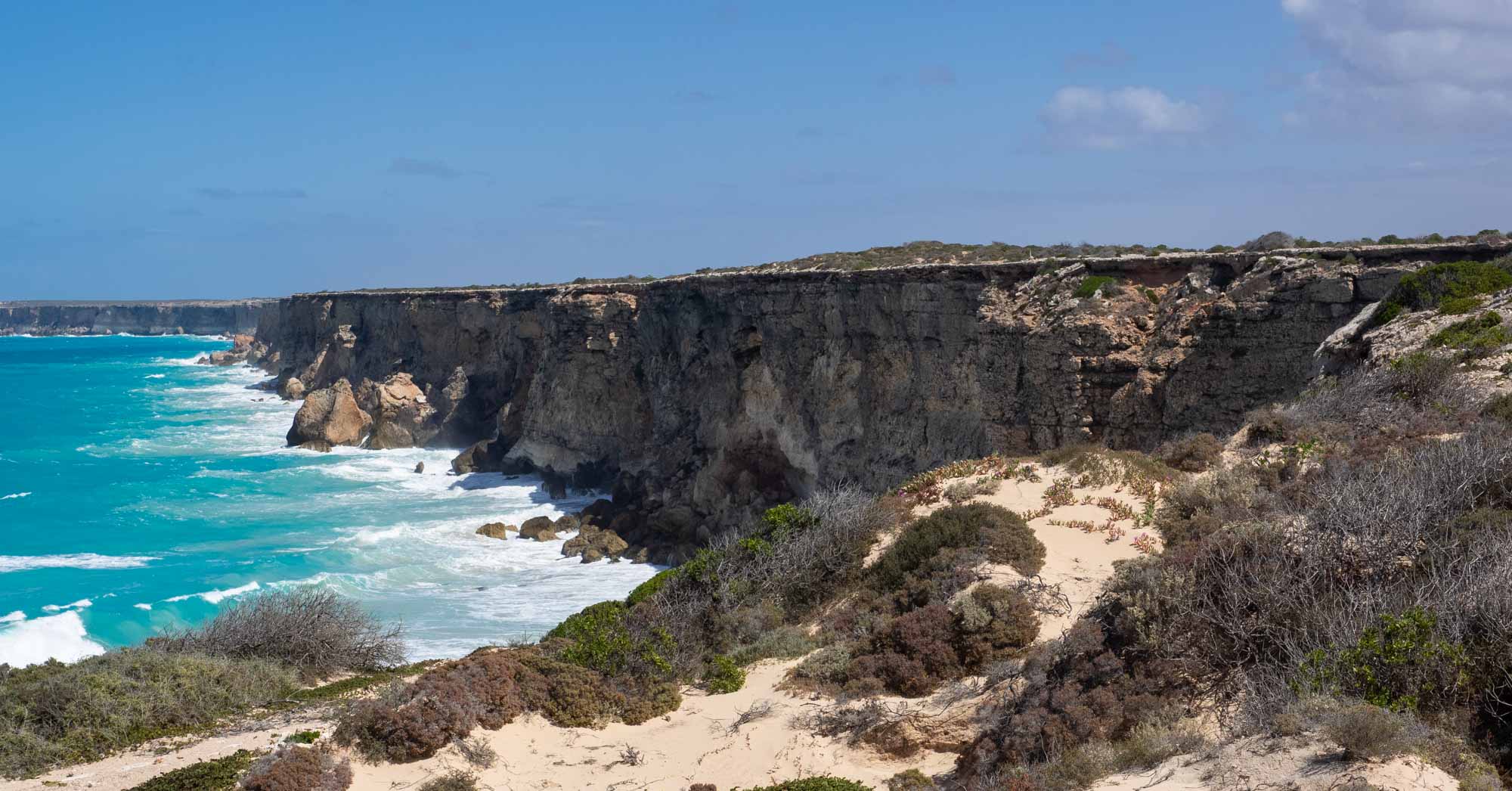
Days 10-11: 14-15 September
(2646 km)
After leaving Port Augusta, we had planned to camp at Lake Gilles Conservation Park. However we quickly abandoned that idea after arriving at the salt lake and stepping out of the car into a howling westerly gale.
We were impressed by the landscape and resolved to return on our way back home. Malleefowl are reported to frequent the edge of the lake!
So our new destination became Ceduna. Along the way we passed through the small wheat town of Kimba. The town may be small but the mural on their wheat silos is anything but!
Whilst I grew up in South Australia, I have never travelled west from Port Augusta. So I hadn’t seen for myself the extensive wheat fields on the Eyre Peninsula. On occasion, the agricultural land gave way to natural mallee landscape - much more pleasing to my eyes!
The wind certainly hadn’t abated by the time we reached Ceduna. On the contrary, Ceduna experienced gusts of 70km/h on the night we camped there. The canvas walls of the Cub shook violently, but we survived the night without any damage - apart from some loss of sleep.
Today, we pushed on to Nullarbor Roadhouse, which lies on the edge of the Nullarbor National Park.
More wheat fields to start with, but much of the stretch between Ceduna and Nullabor passes through an aboriginal reserve - Yalata Aboriginal Reserve. The saltbush scrub here looks in great shape. This part of the country has clearly received good rain in recent times.
Following up a tip from Kerri’s parents, we made a short side trip to the Head of the Bight (as in Great Australian Bight) shortly before arriving at Nullarbor.
Large numbers of Southern Right Whales gather at this site to mate and give birth between June and early September. Viewing platforms have been set up to watch the spectacle.
The coastline here is quite amazing - rugged limestone cliffs face the wild, blue Southern Ocean to the west and high white sand dunes can be seen on the horizon to the east.
There were at least 10 whales close to the viewing area on our visit - several of them with calves. We spent an hour or so watching these magnificent animals bobble around in the waters of the Bight.
While watching the whales, Kerri sighted a Nankeen Kestrel landing on a nearby cliff with a dragon in its talons. She took some great shots of it stashing its prey in a crack in the rocks.
Then on to our overnight stop at the Nullarbor Roadhouse. While the Nullarbor Plains live up to their name, they are not at all devoid of vegetation. On the contrary, they are covered in a rich carpet of grasses and bushes.
We took a walk in the bush before dinner in search of - you guessed it - birds!
And we found one! We’re pretty sure that this is the Inland Dotterel, although it doesn’t show the diagnostic V-shape on the chest - perhaps a non-breeding bird? If we’ve got the ID right, it’s another lifer!
Kerri stalking her prey on the access road to the Nullarbor Airstrip. Perfect bird habitat!
We plan to be up at dawn tomorrow to search for another nice bird - the Nullarbor Quail-thrush. As the name implies, this species is found only in this region and was declared a fully fledged species (sorry about the pun), distinct from the Cinnamon Quail-thrush, just 7 years ago.
It will be a nice get if we’re successful. If not, we’ll have fun trying anyway! Wandering through a landscape with such a huge horizon is in itself quite a thrilling experience.
Then it’s on to our next stop at Cocklebiddy, 468km away.
For Kerri’s take on the whales and the kestrel, see Southern Ocean, Southern Right Whales, and a Surprising Bird Behaviour on our main website
LIFERS at Nullarbor: first-ever sightings of these bird species
Nullarbor Quail-thrush, Oriental Plover





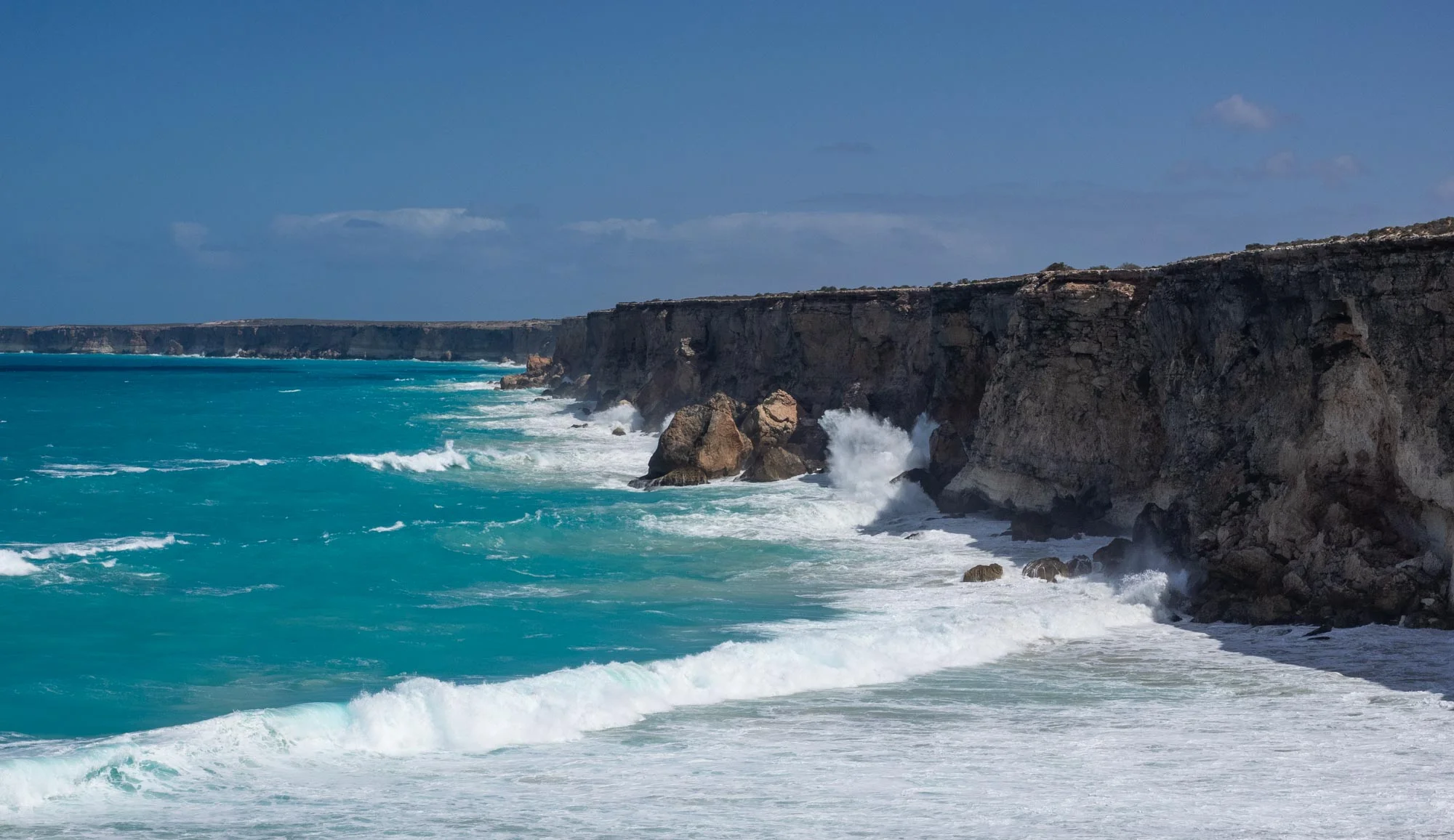

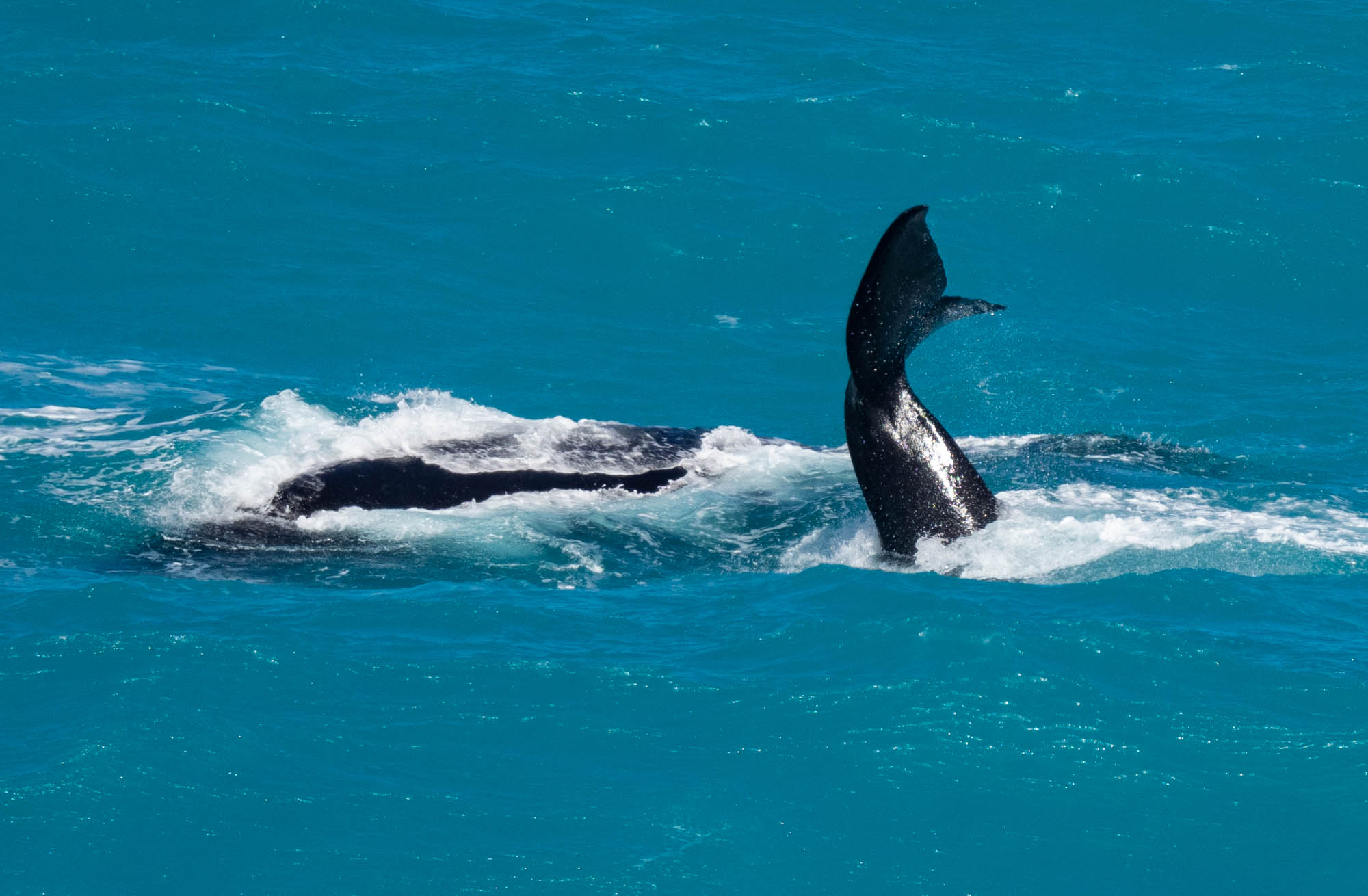
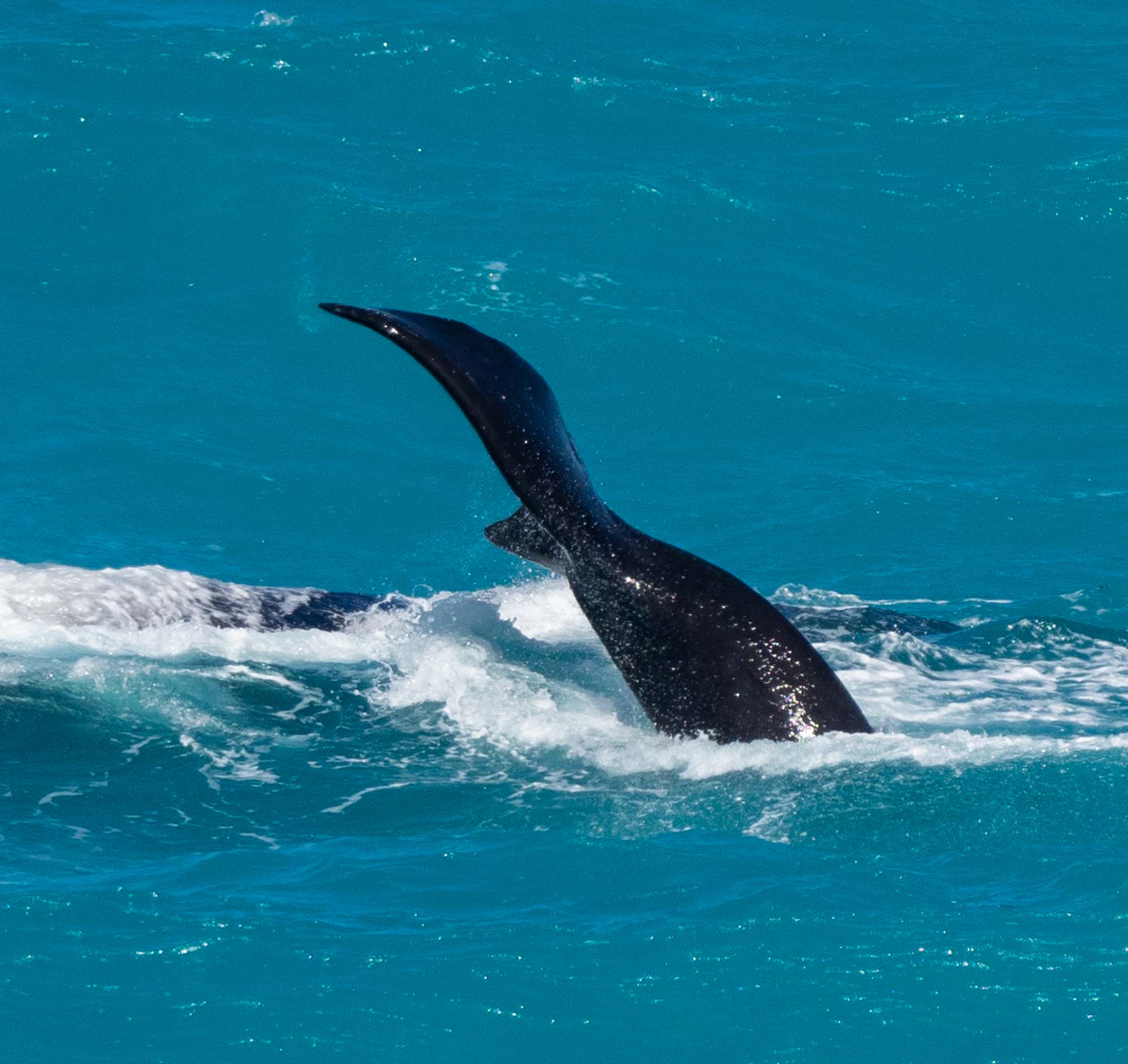
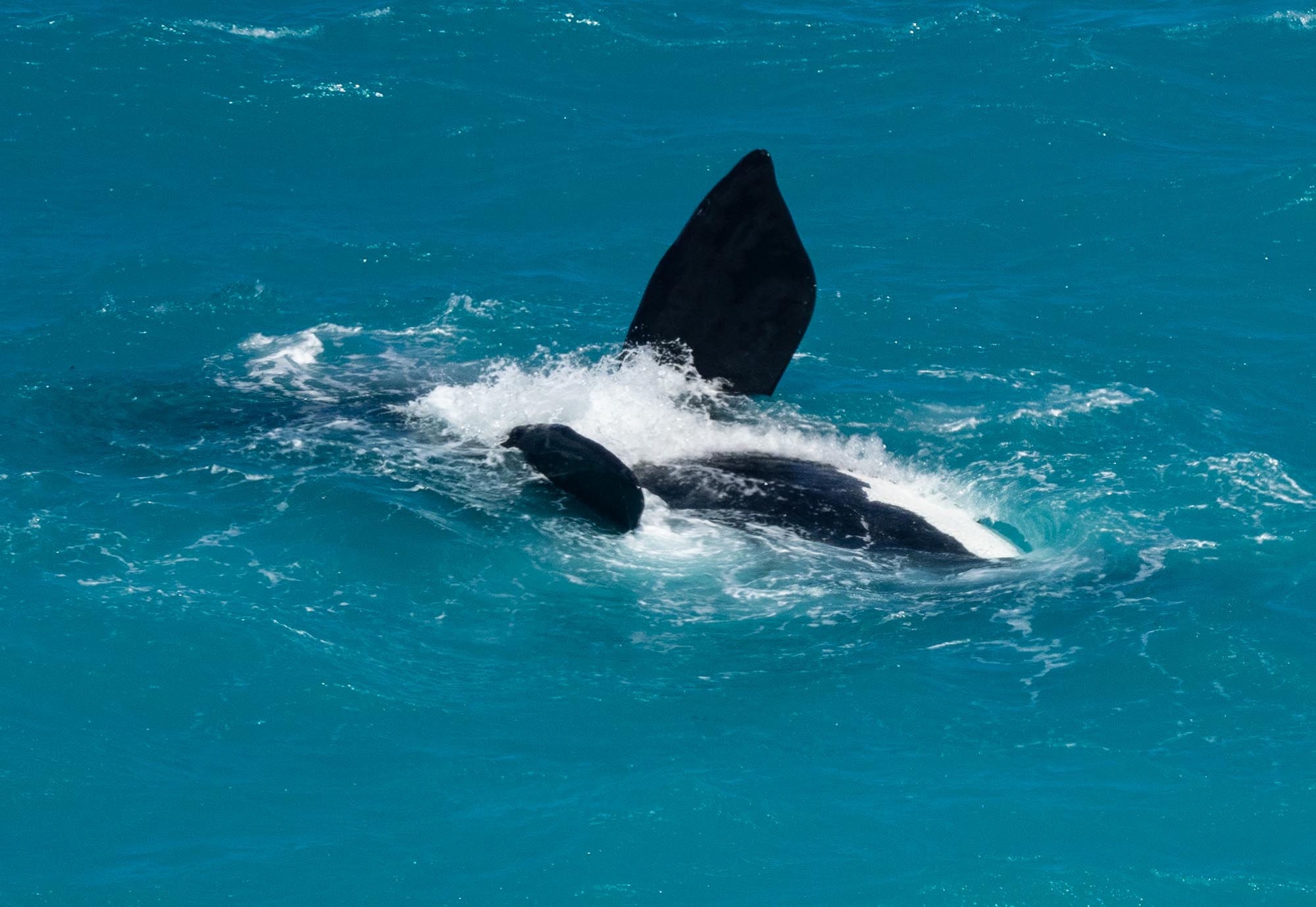


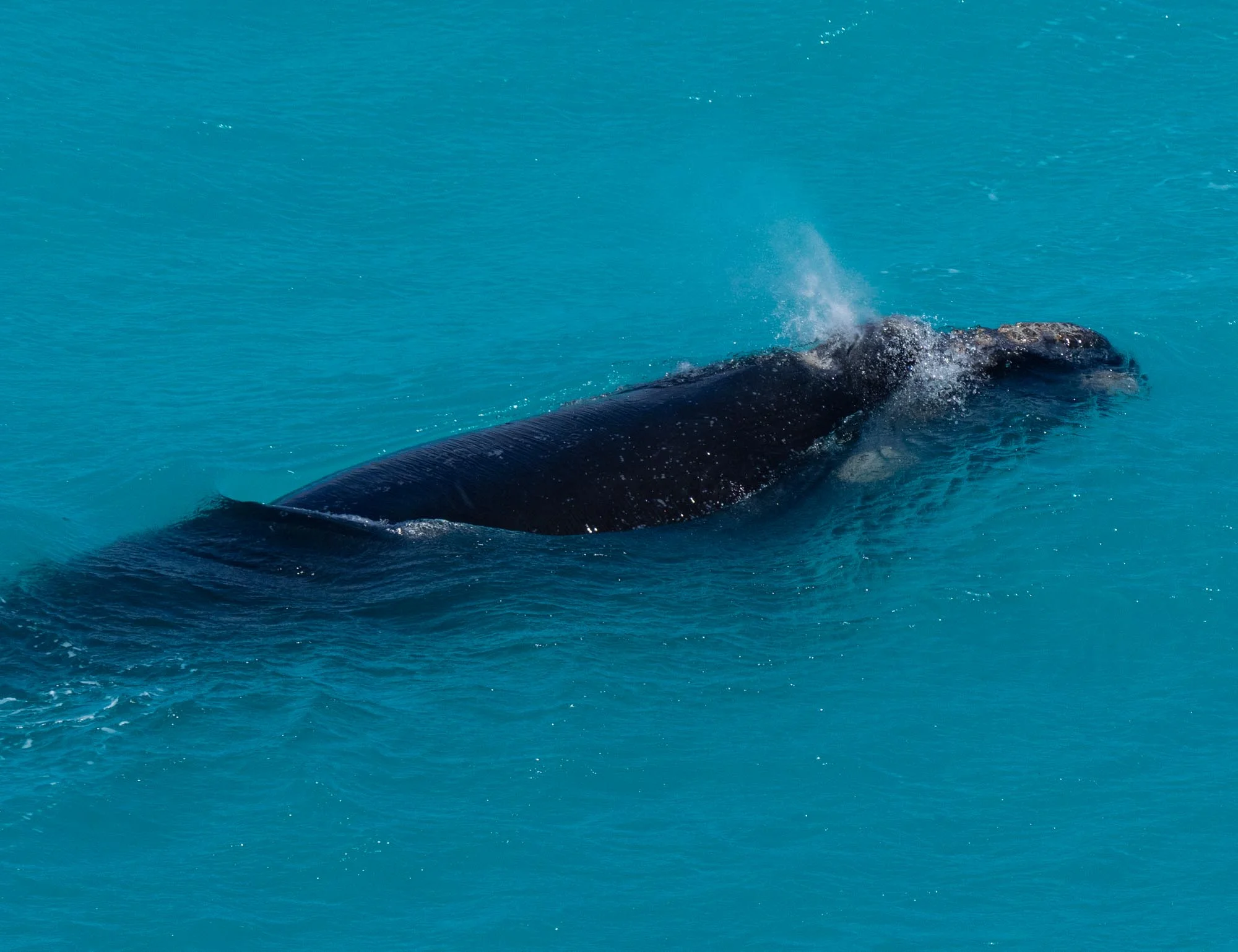
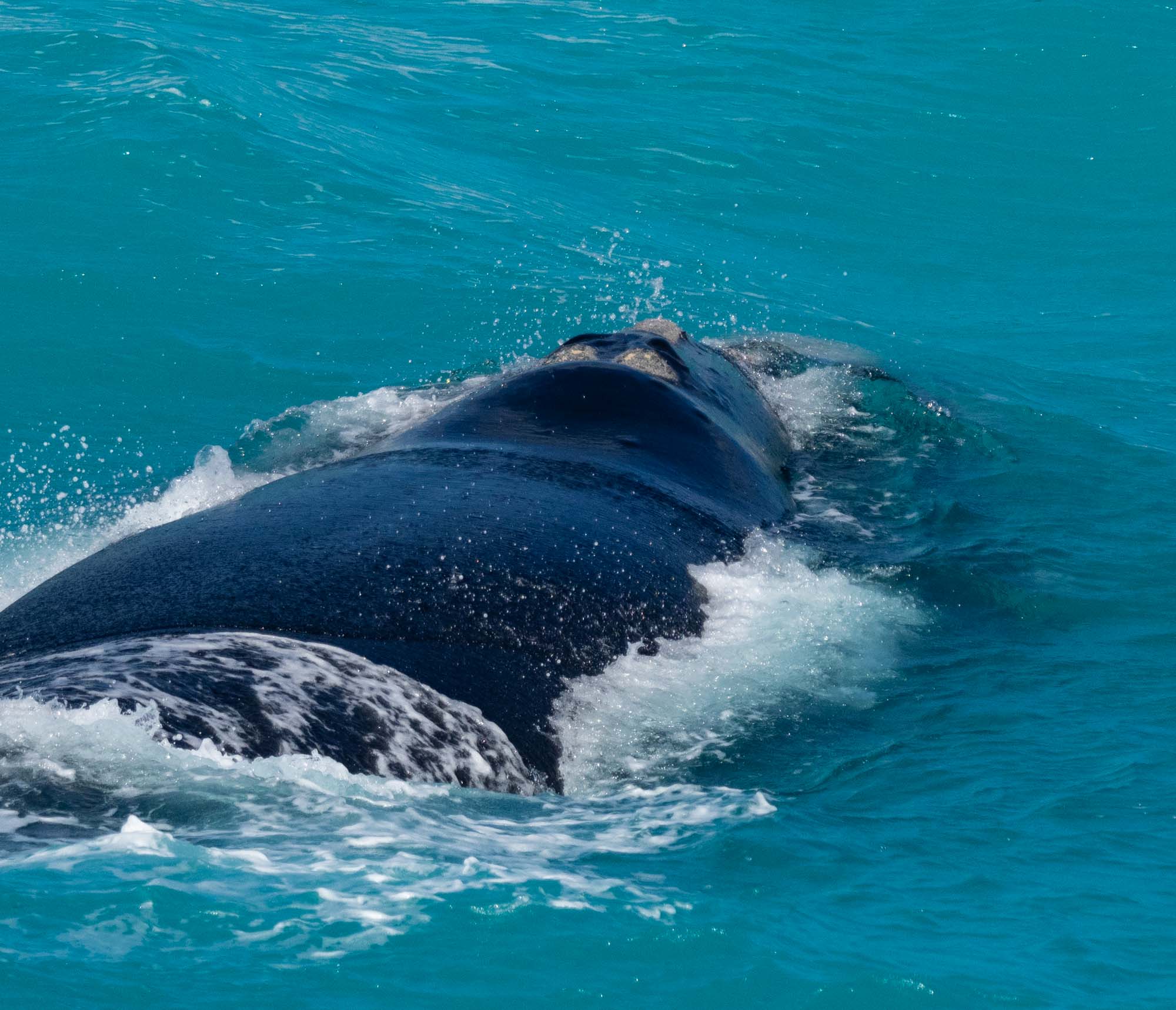
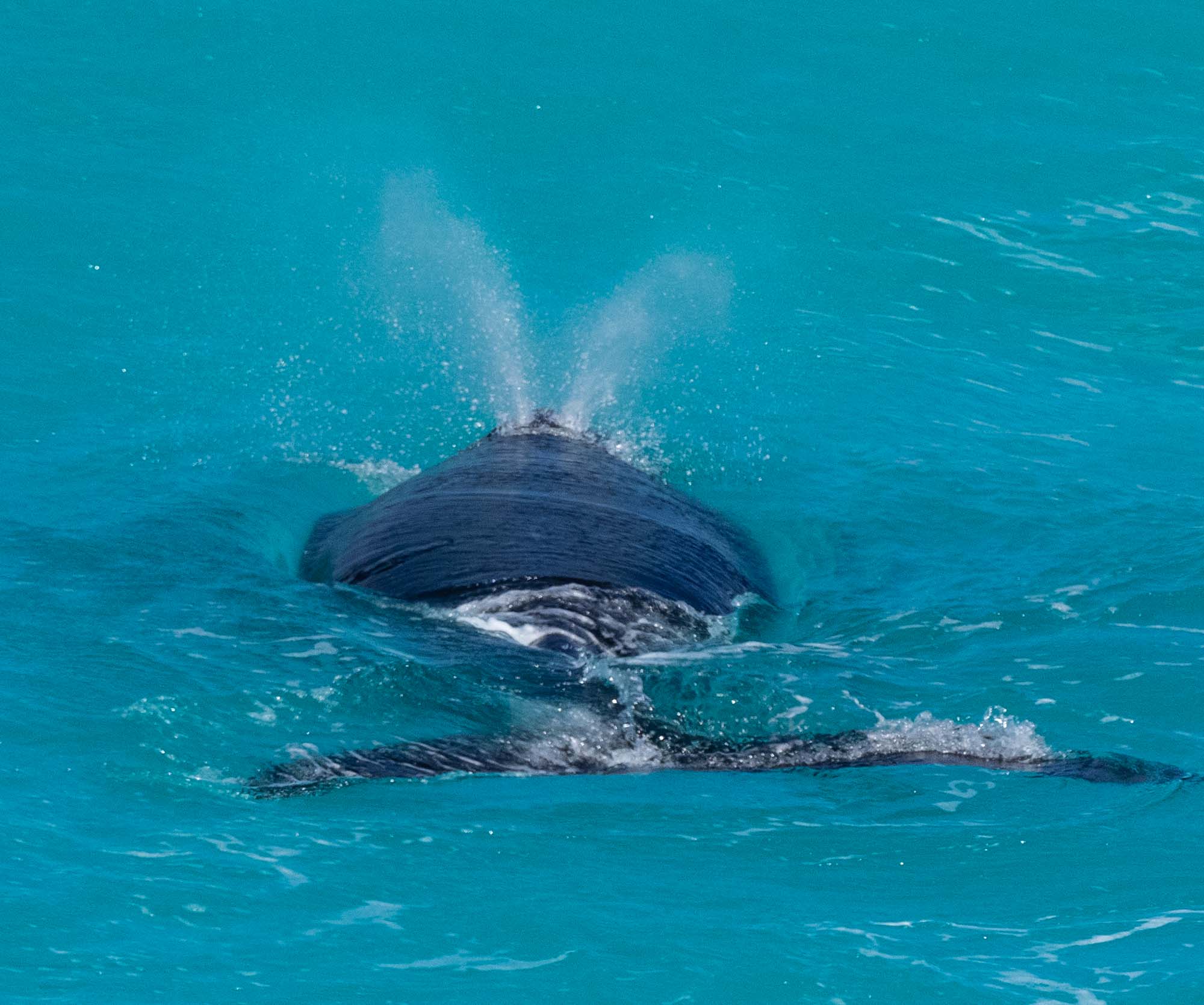
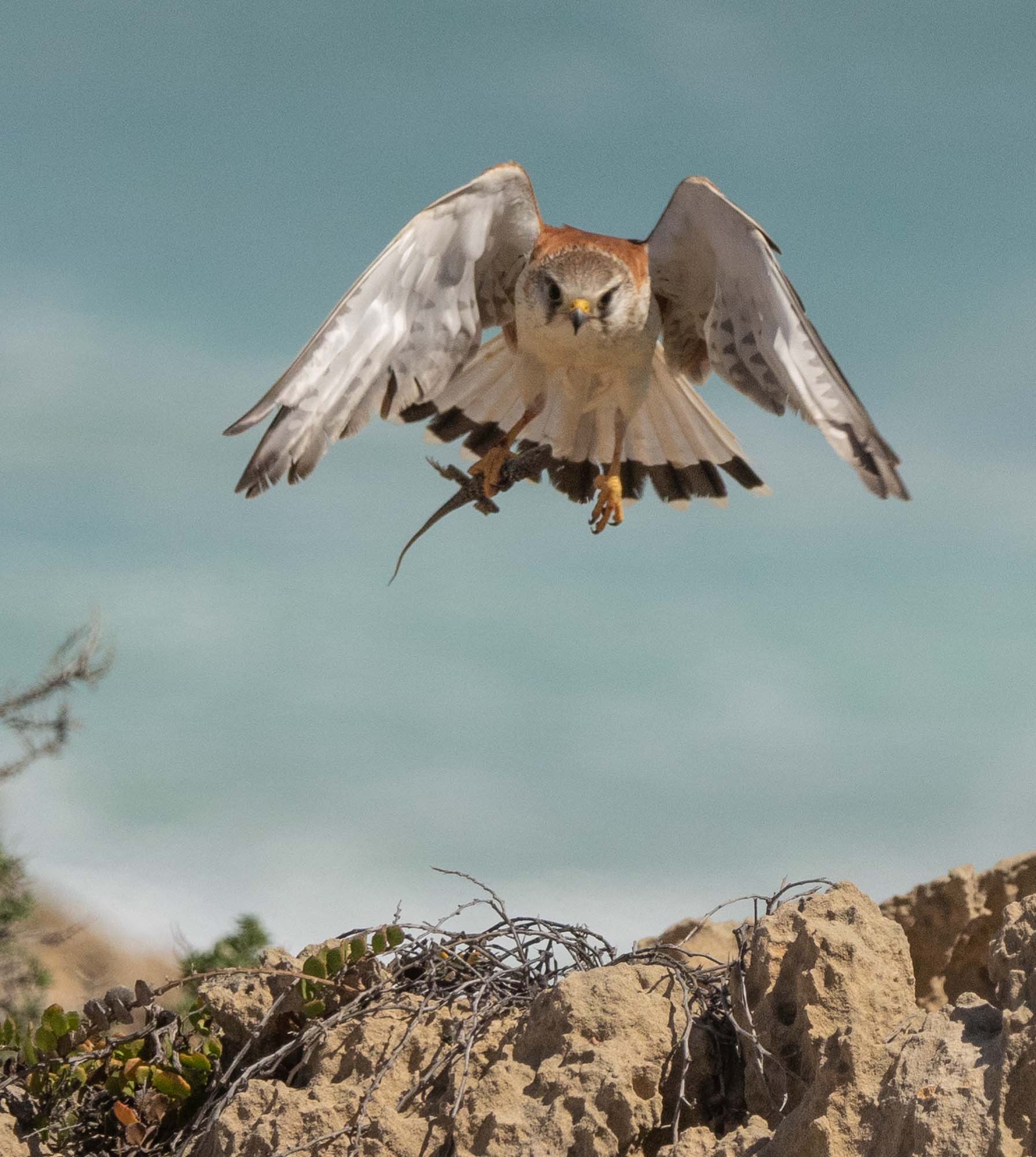
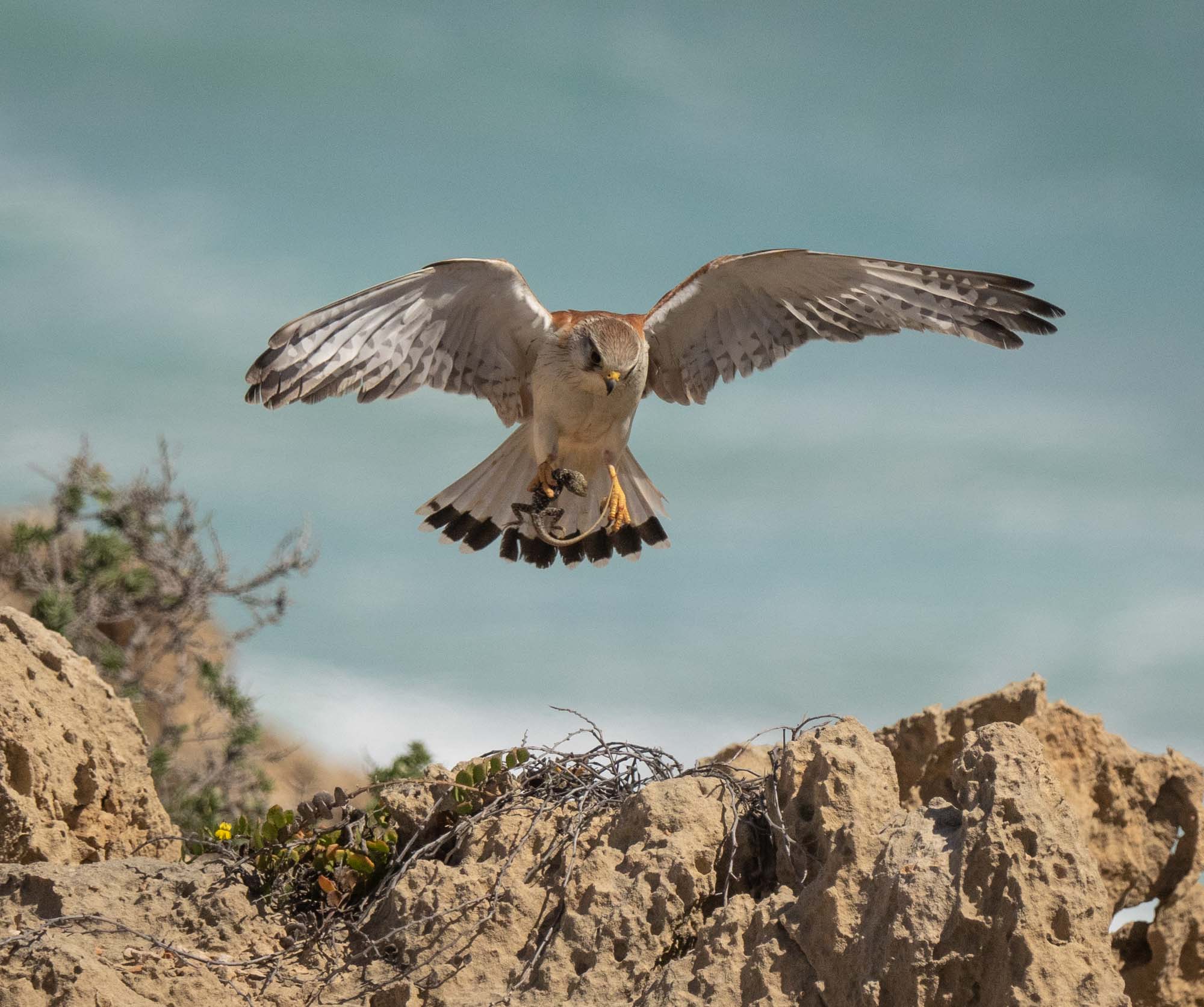
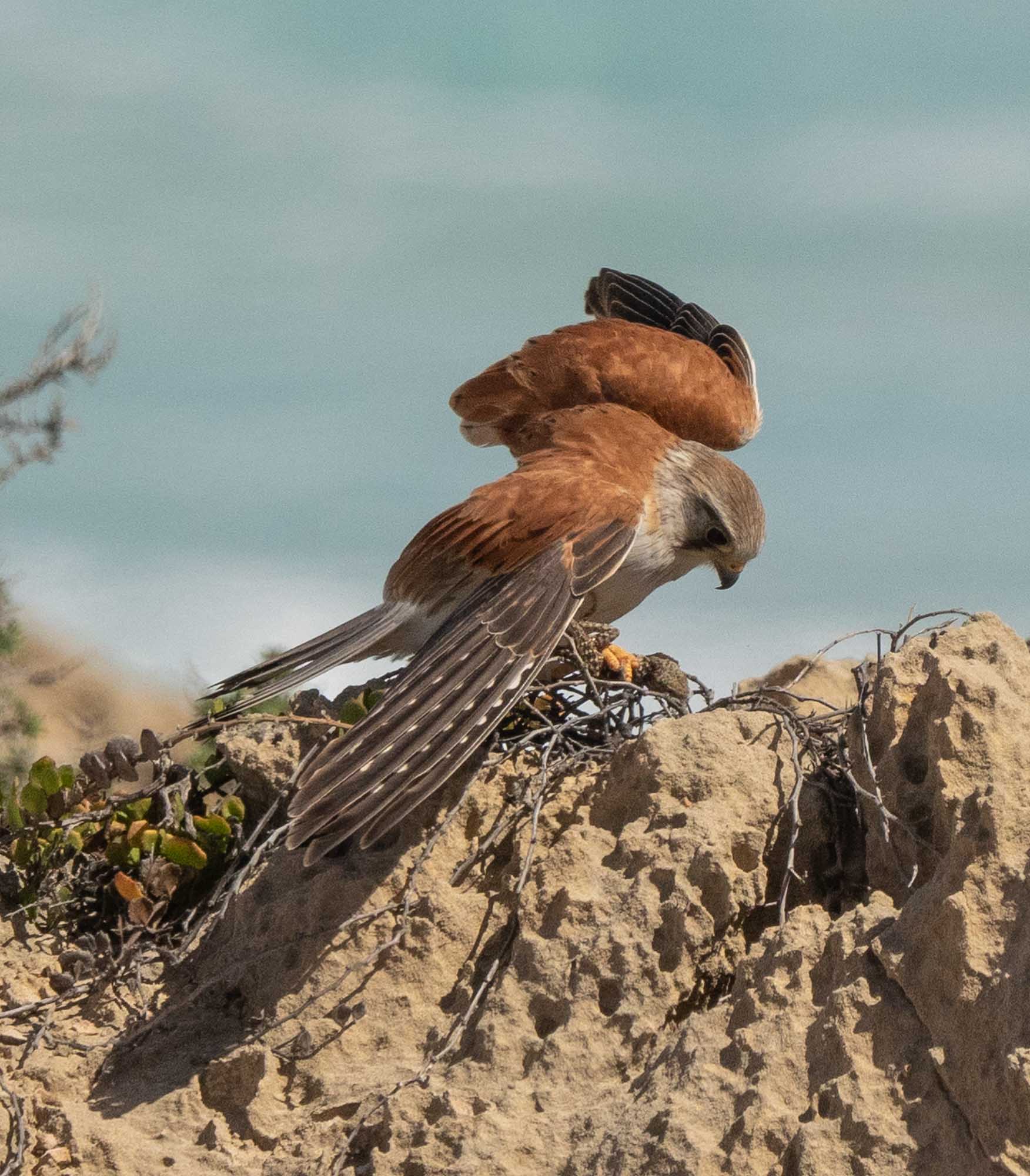
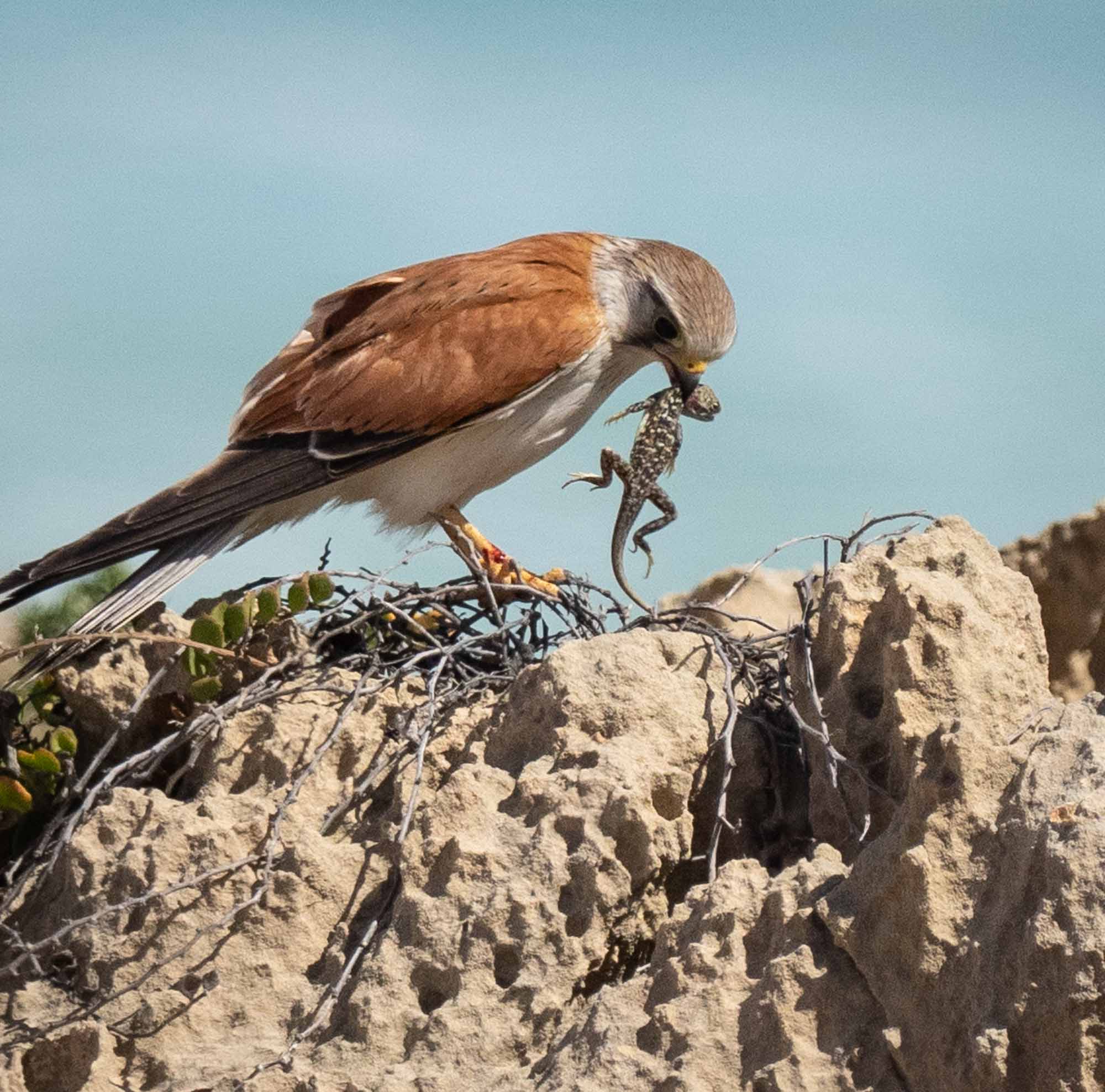
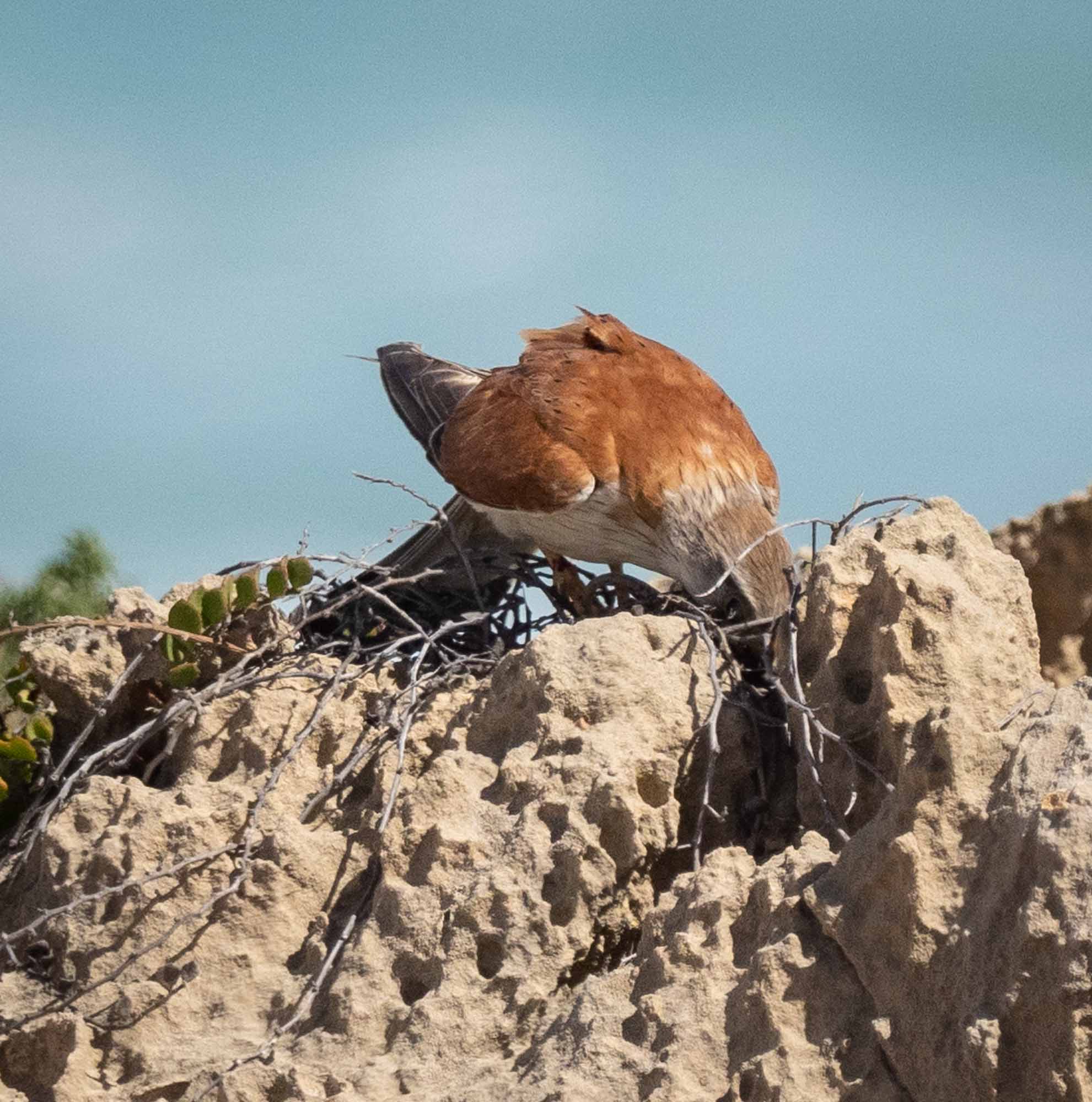



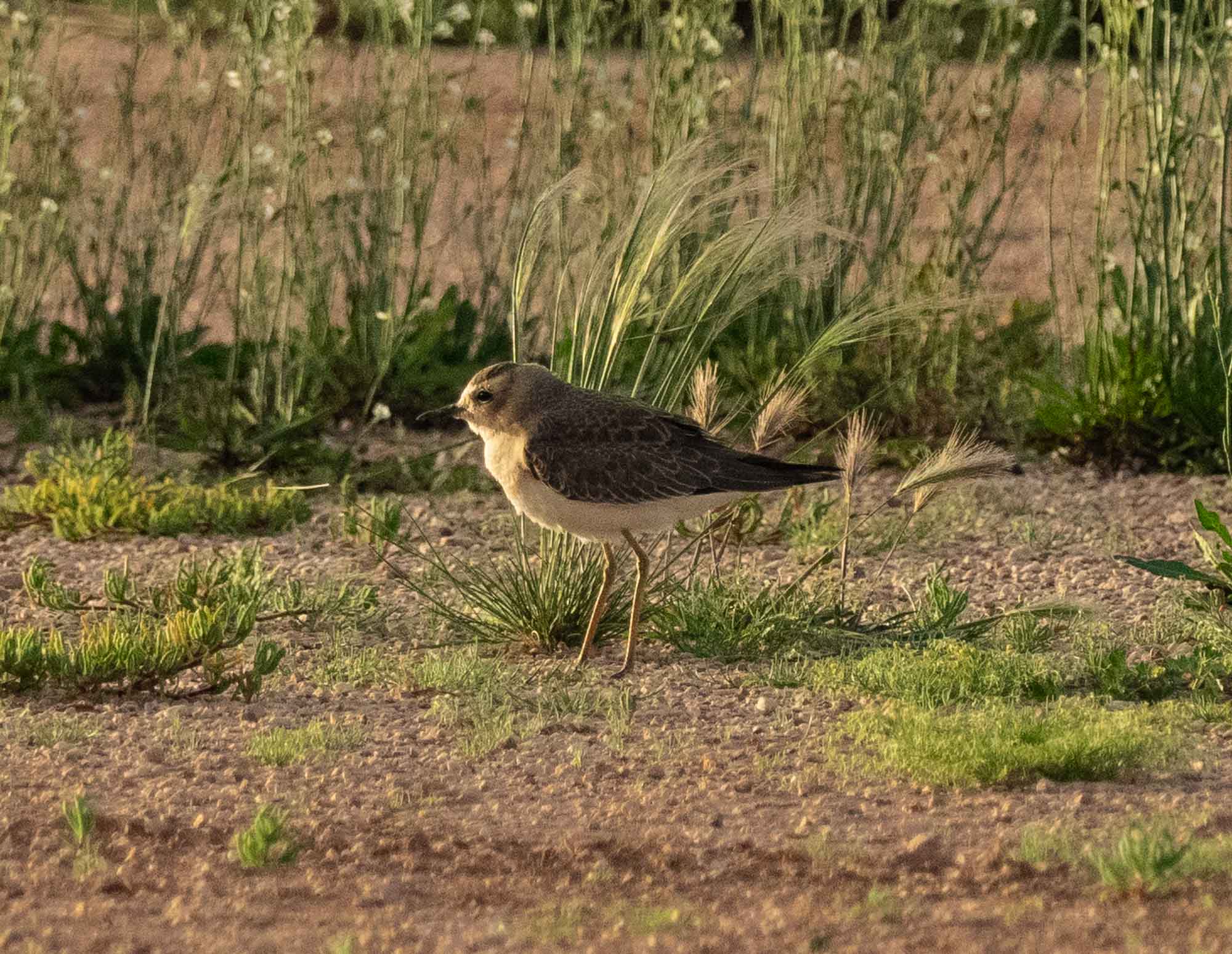
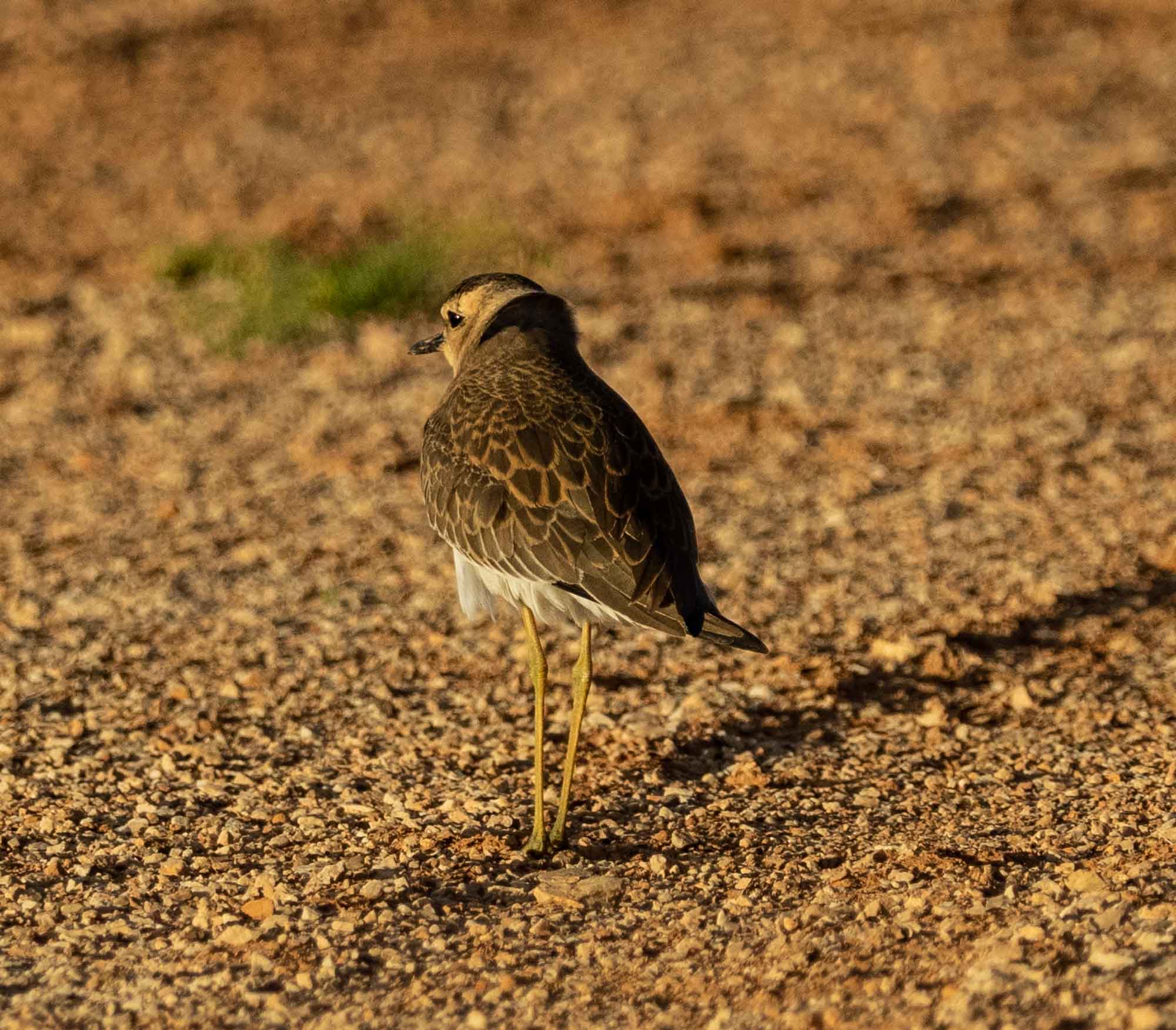

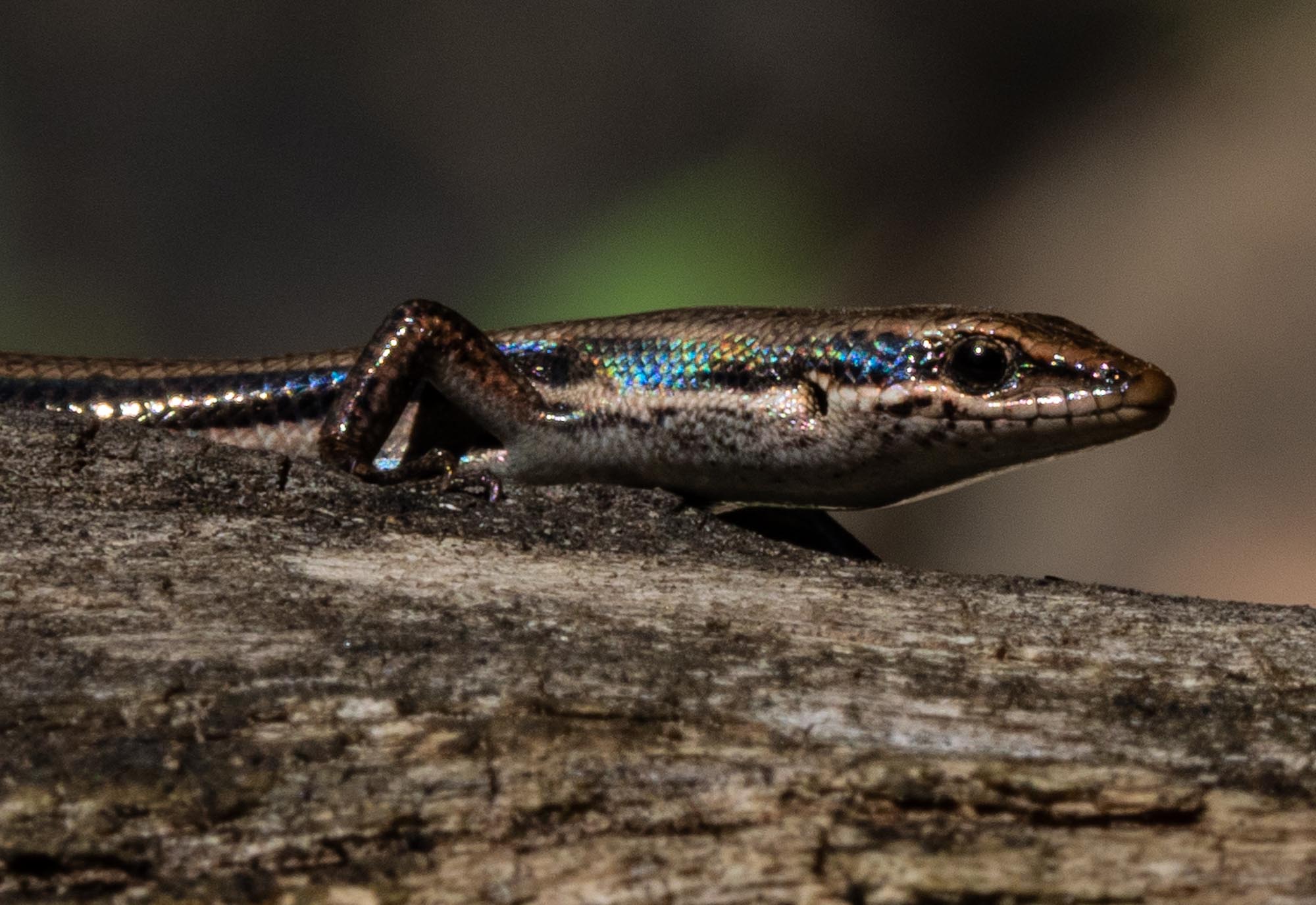
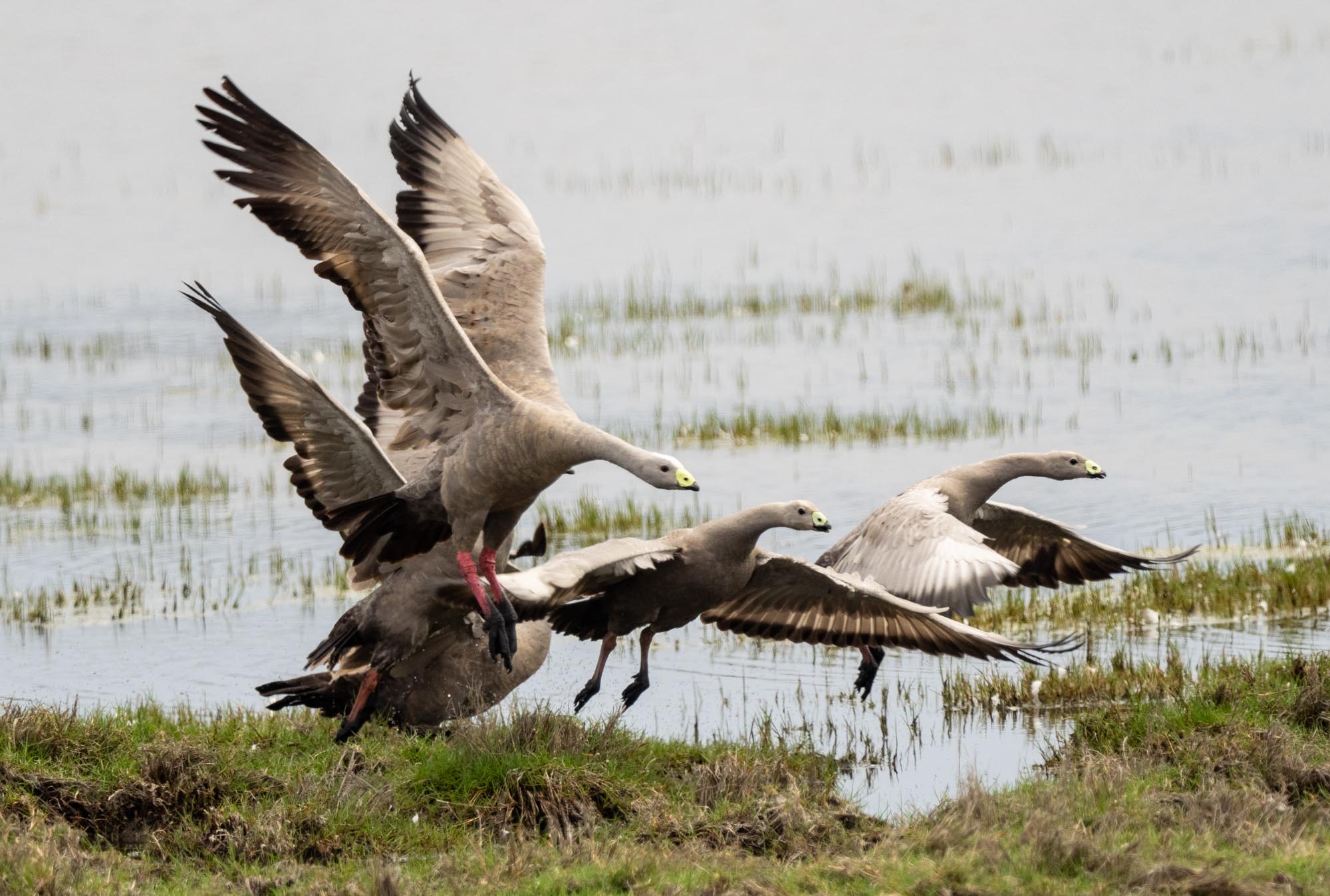
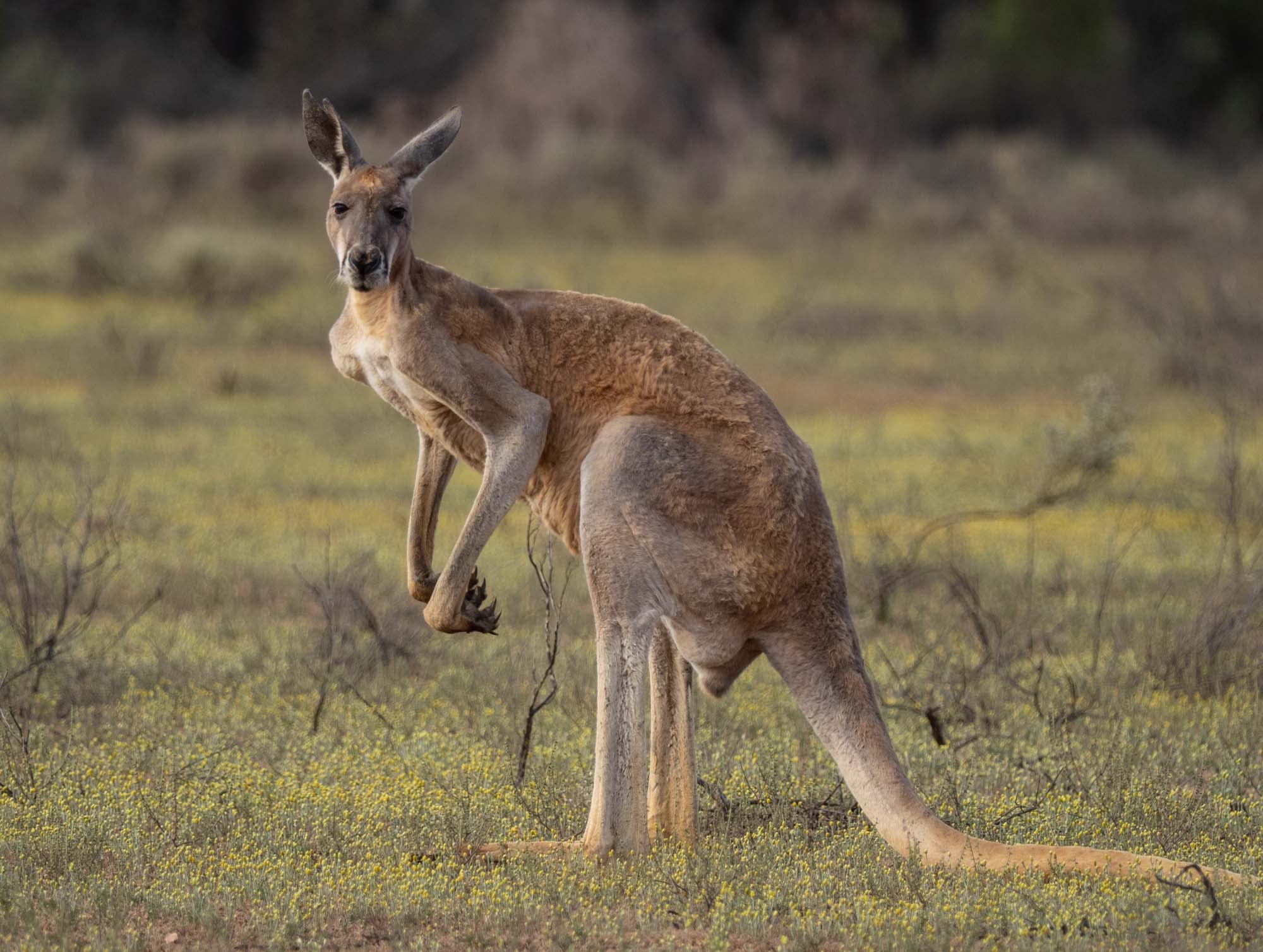


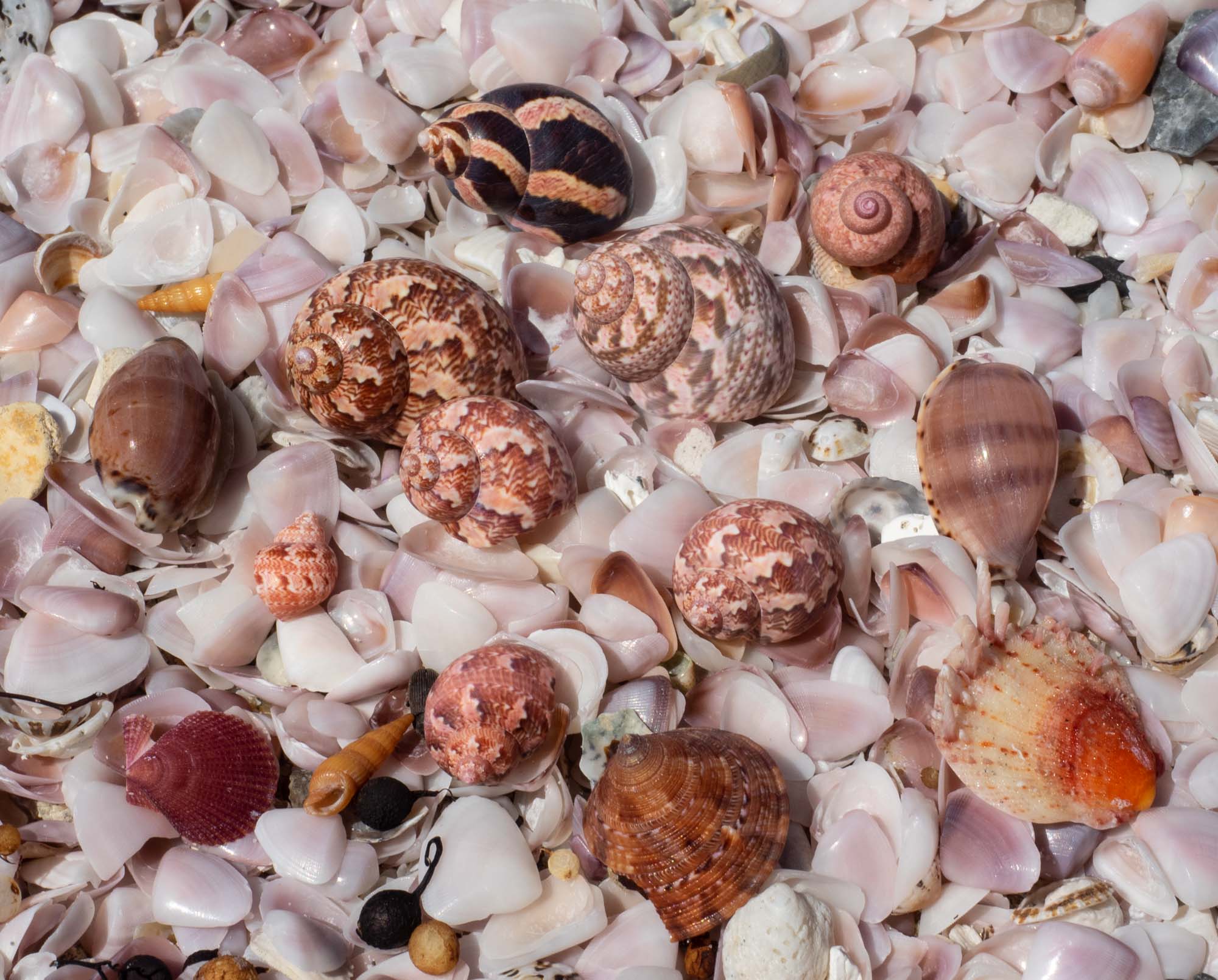
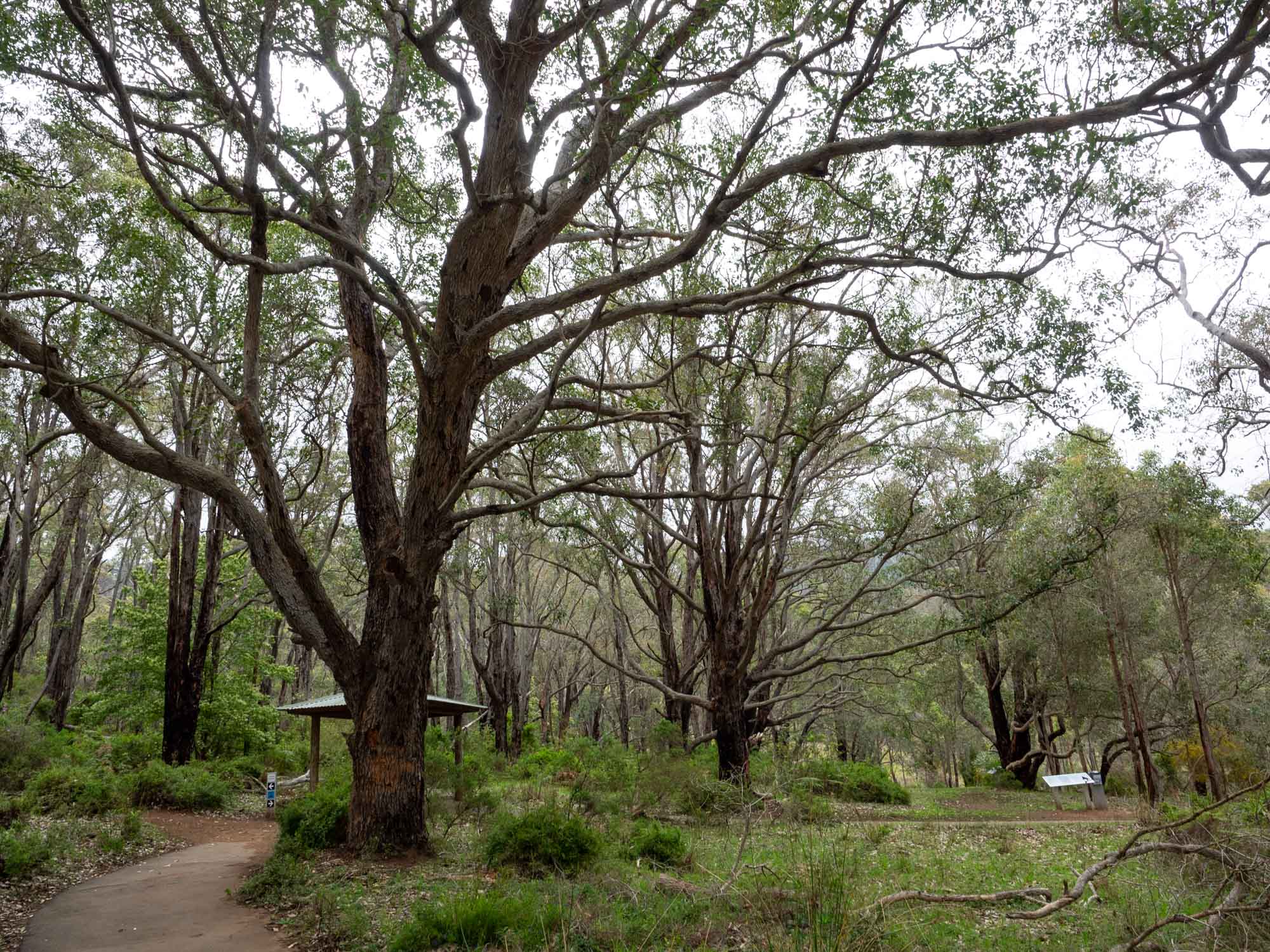
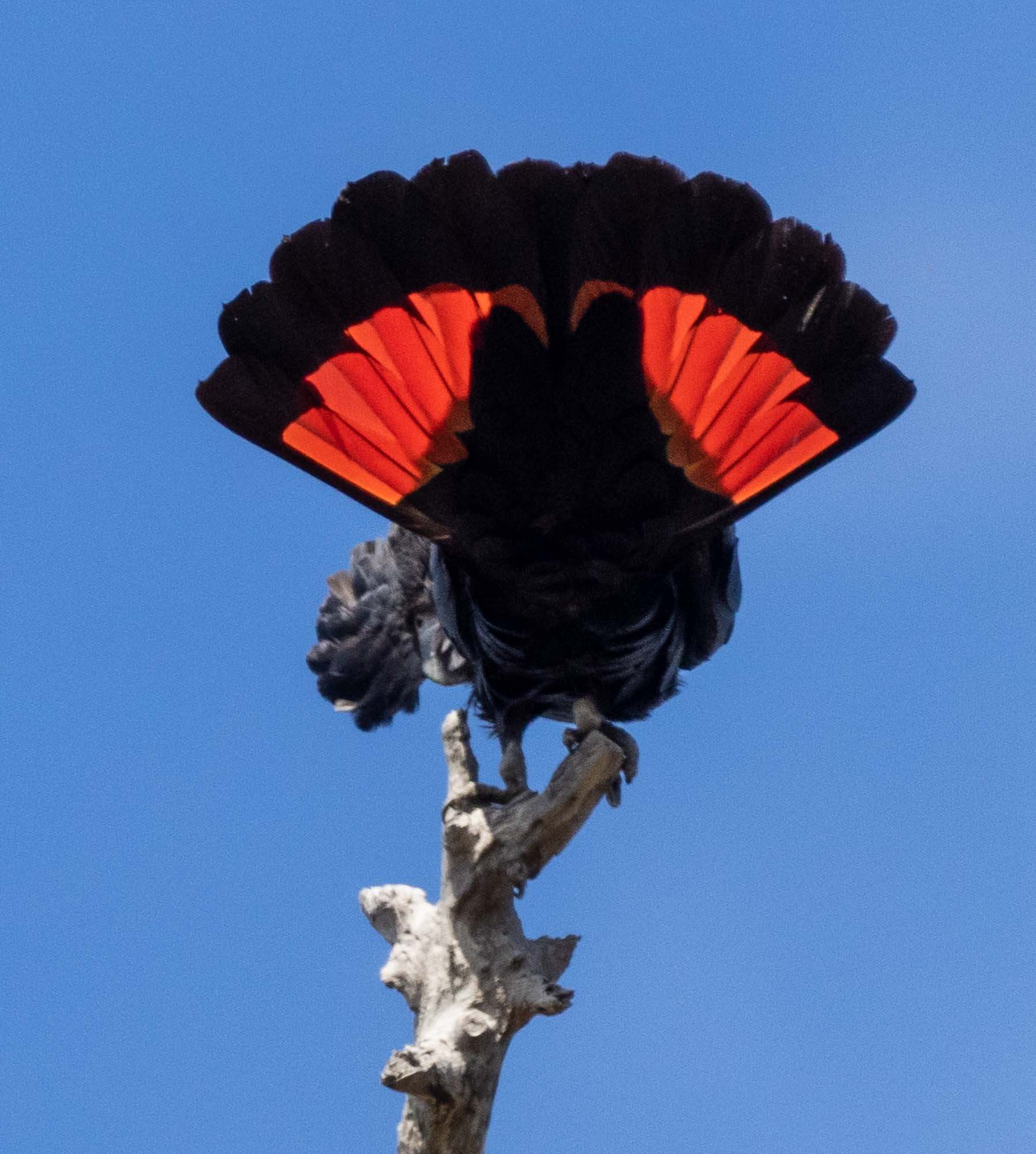

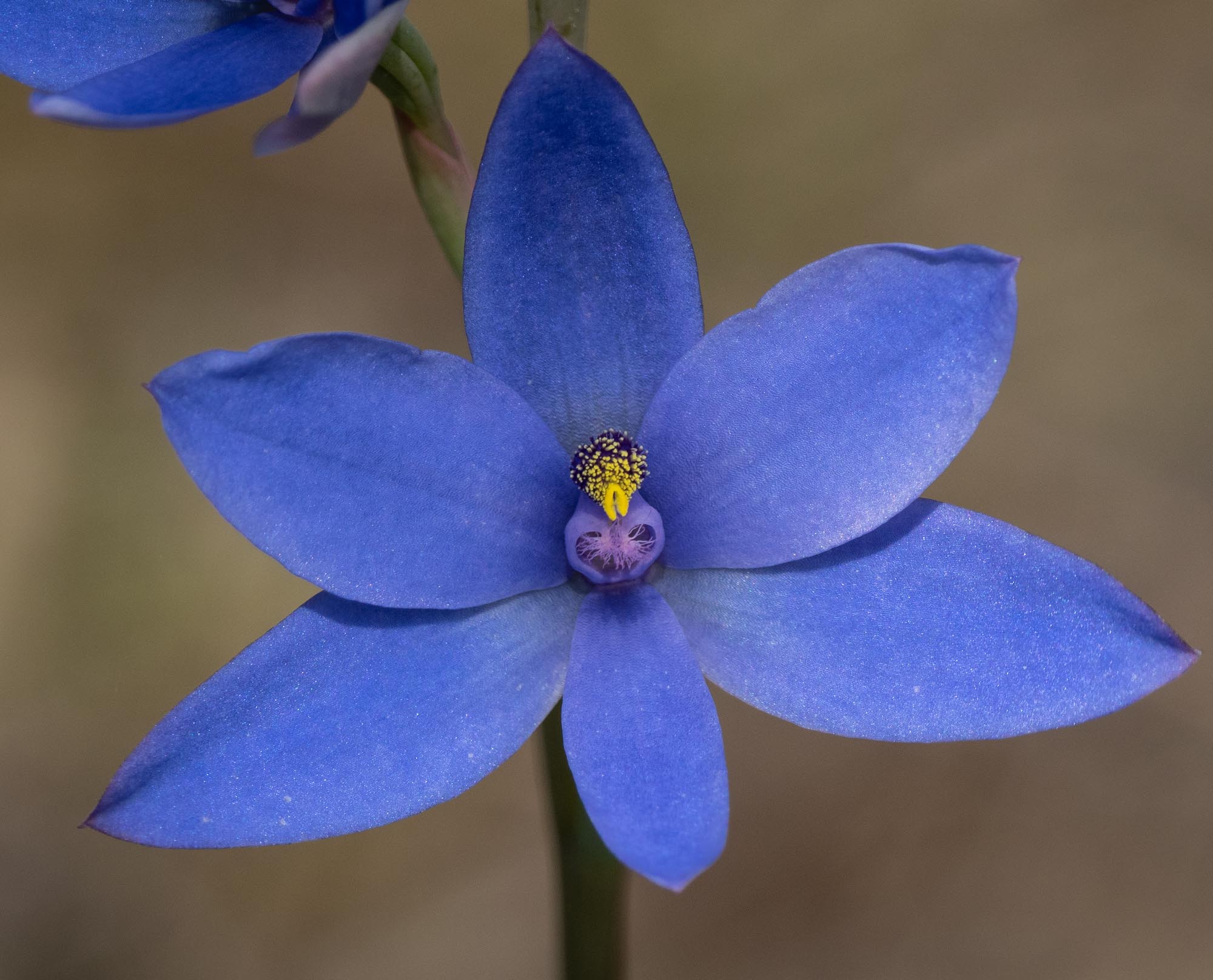
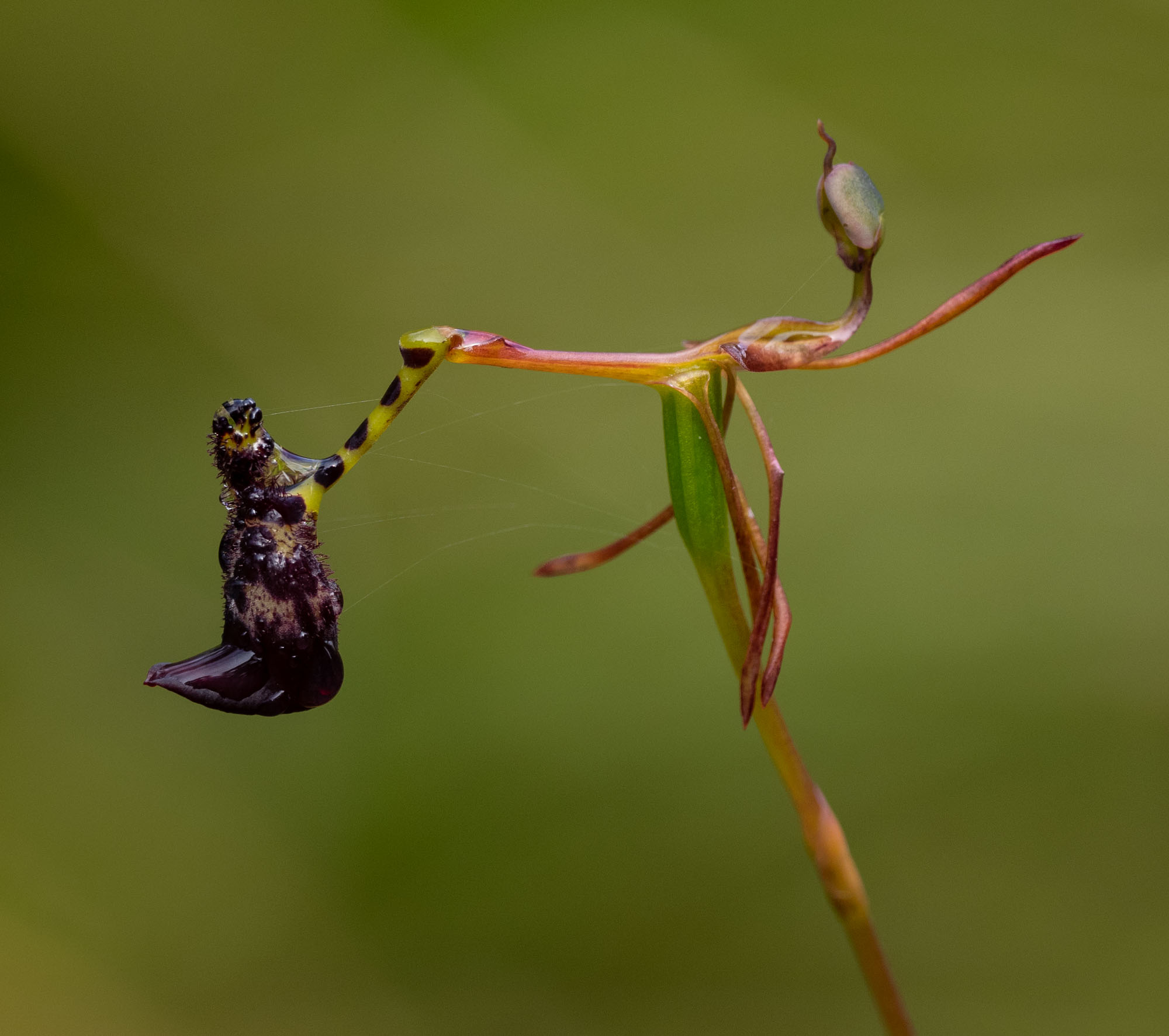
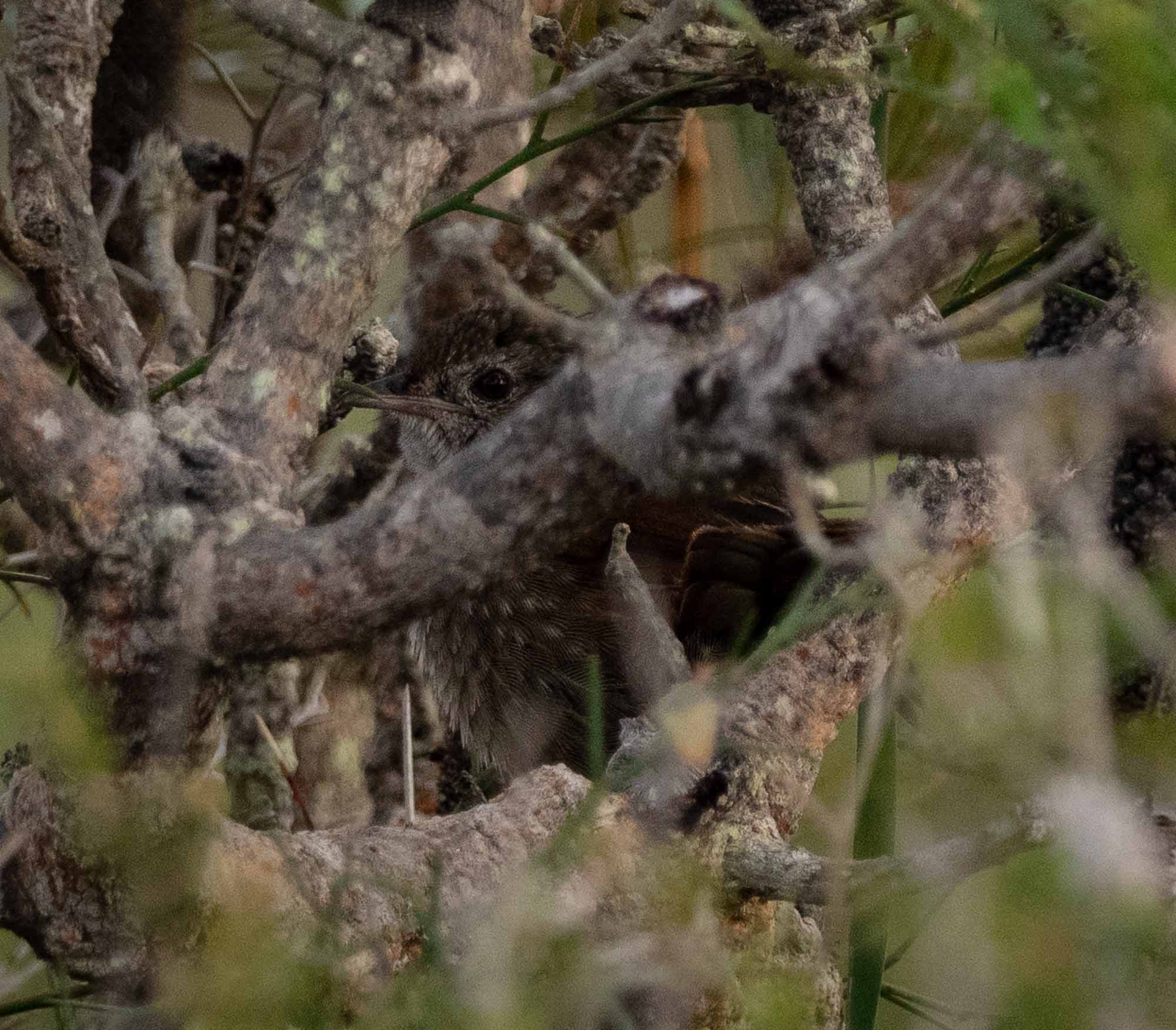
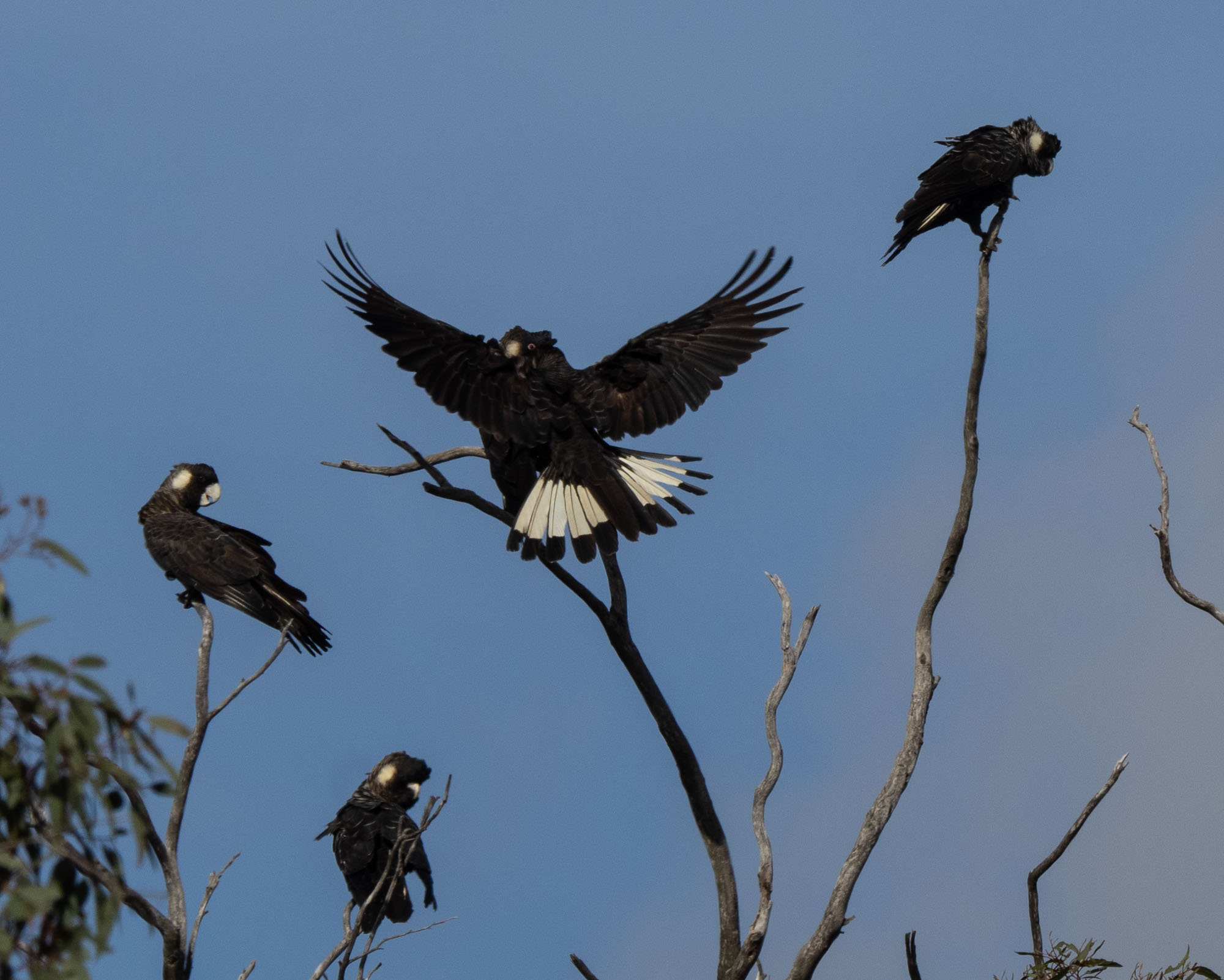


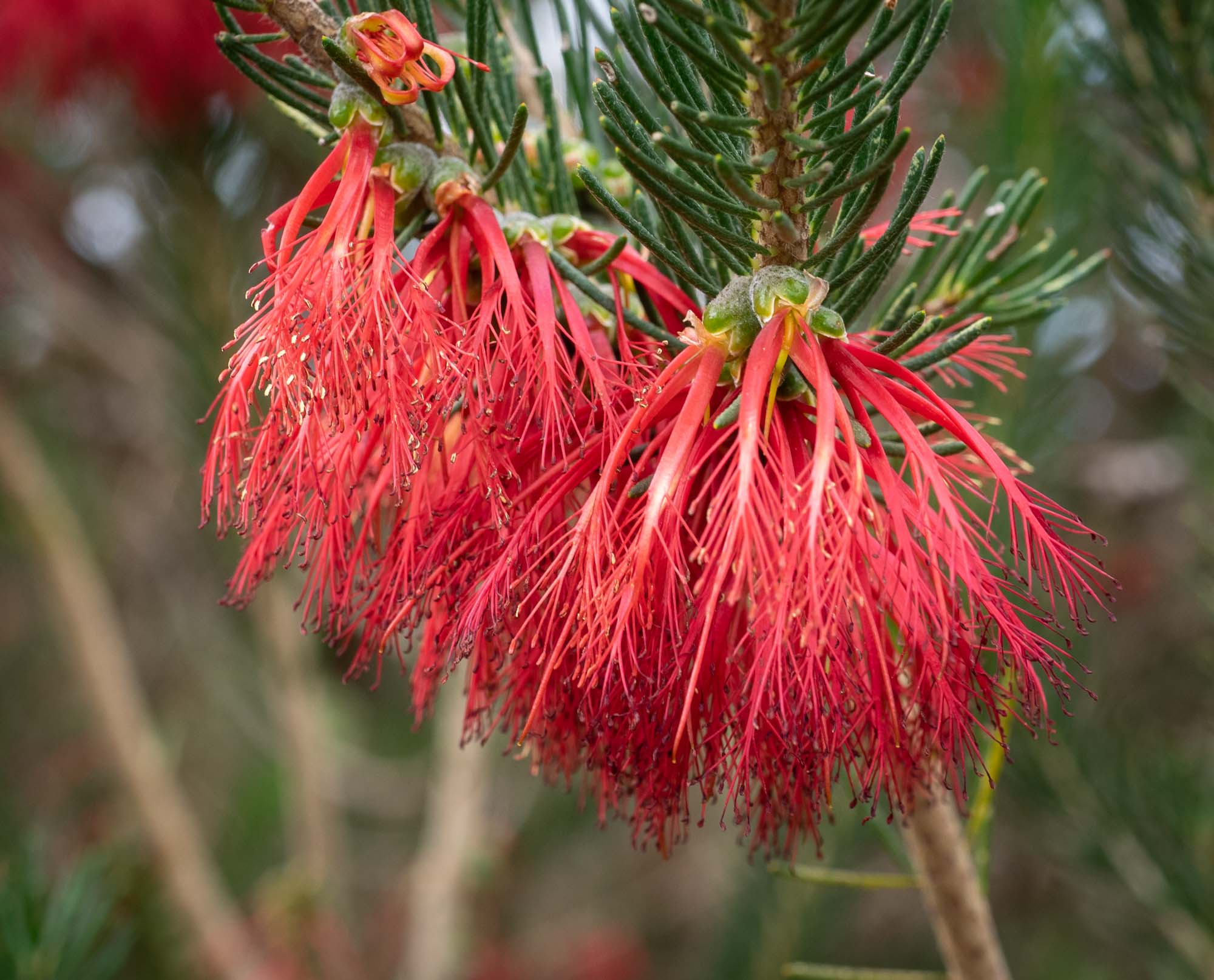

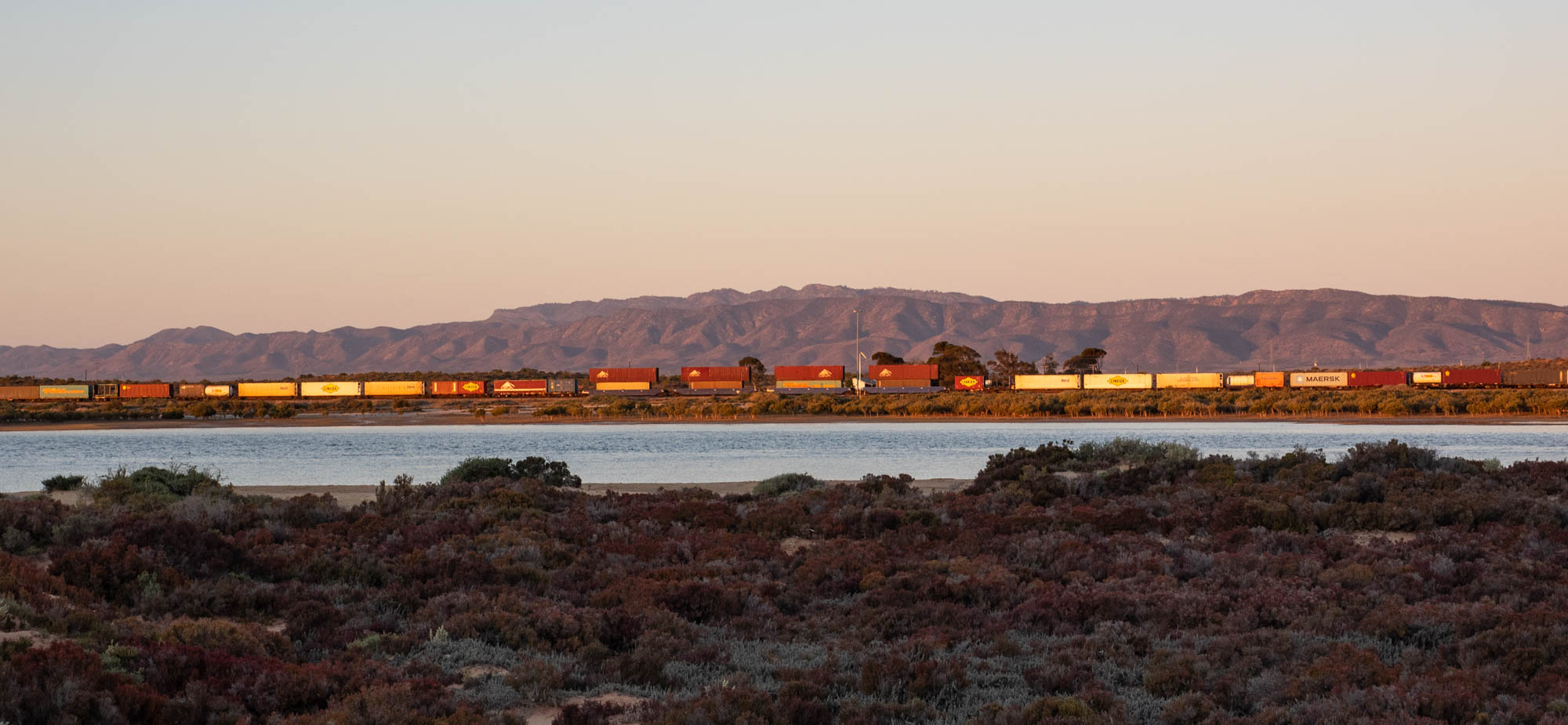
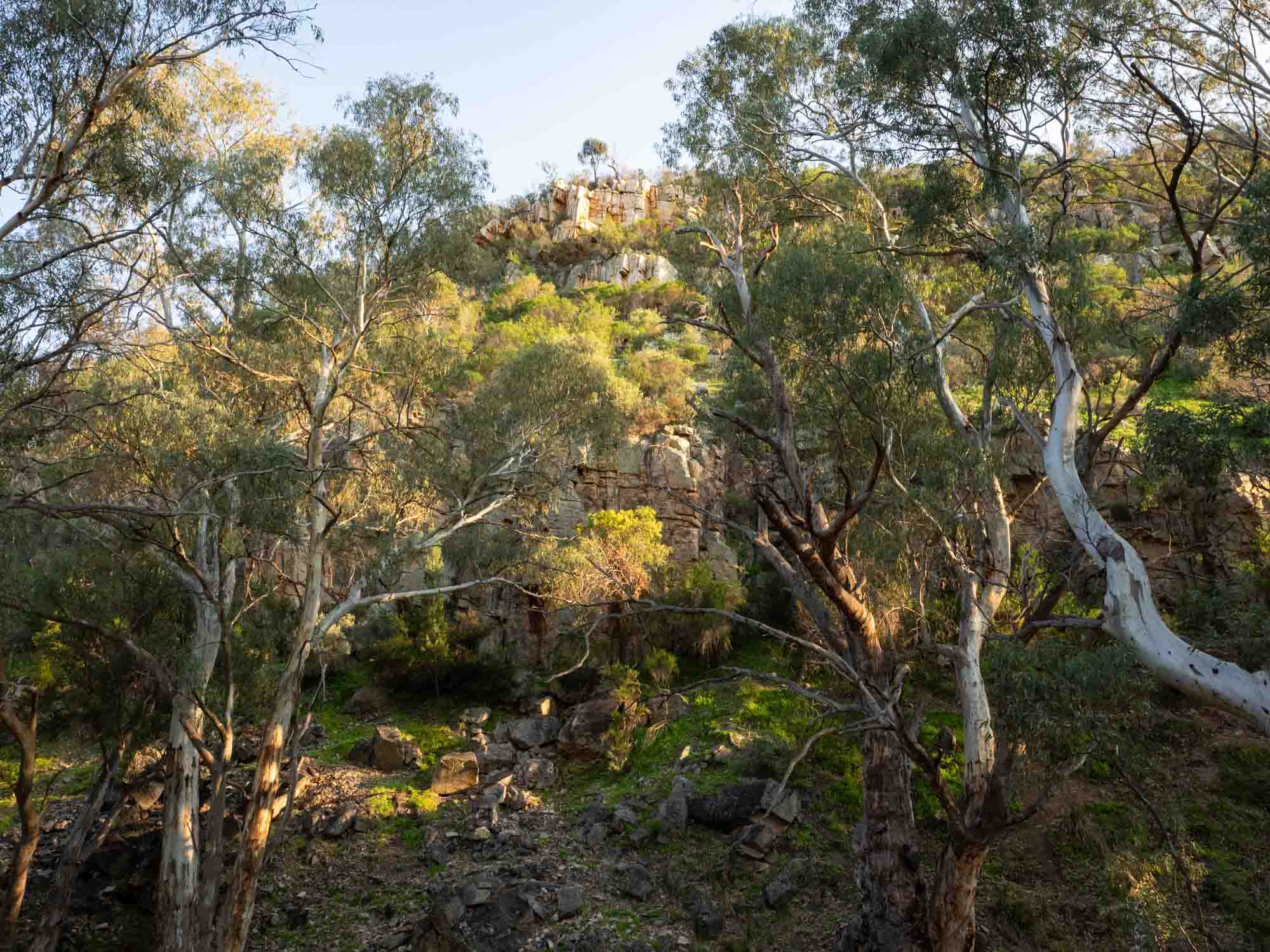



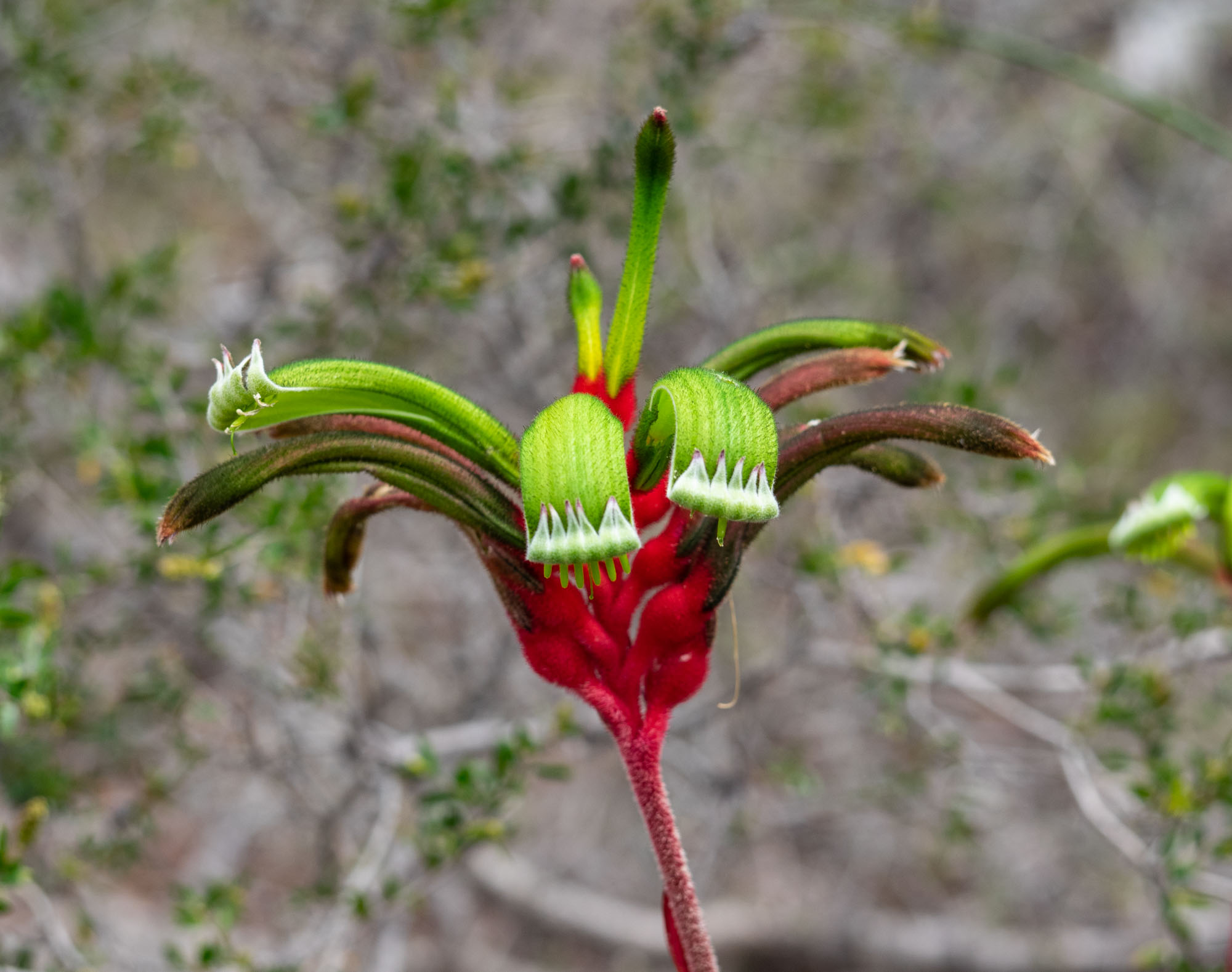

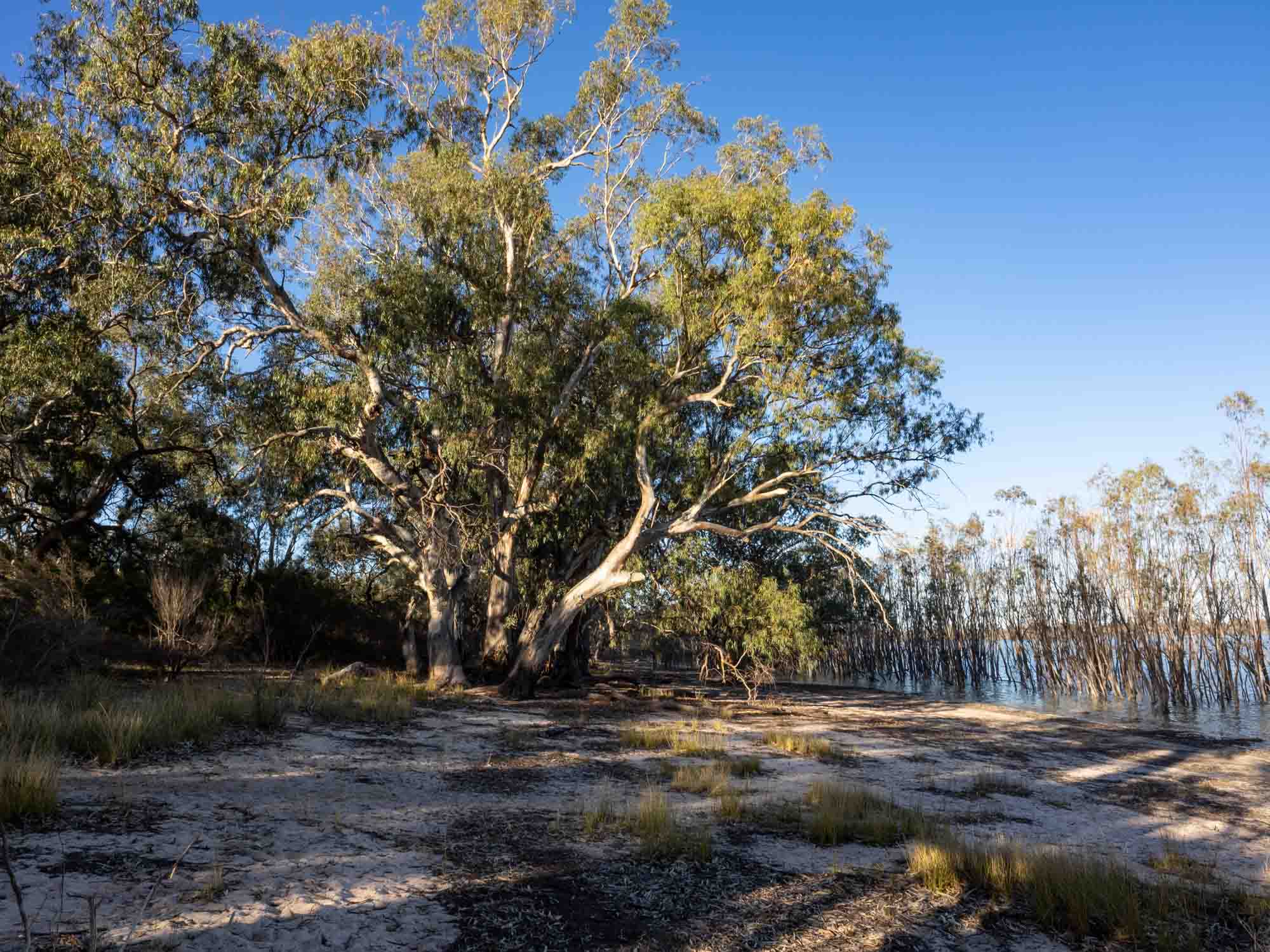
31st October - 4th November: my final post, as we head towards Melbourne.